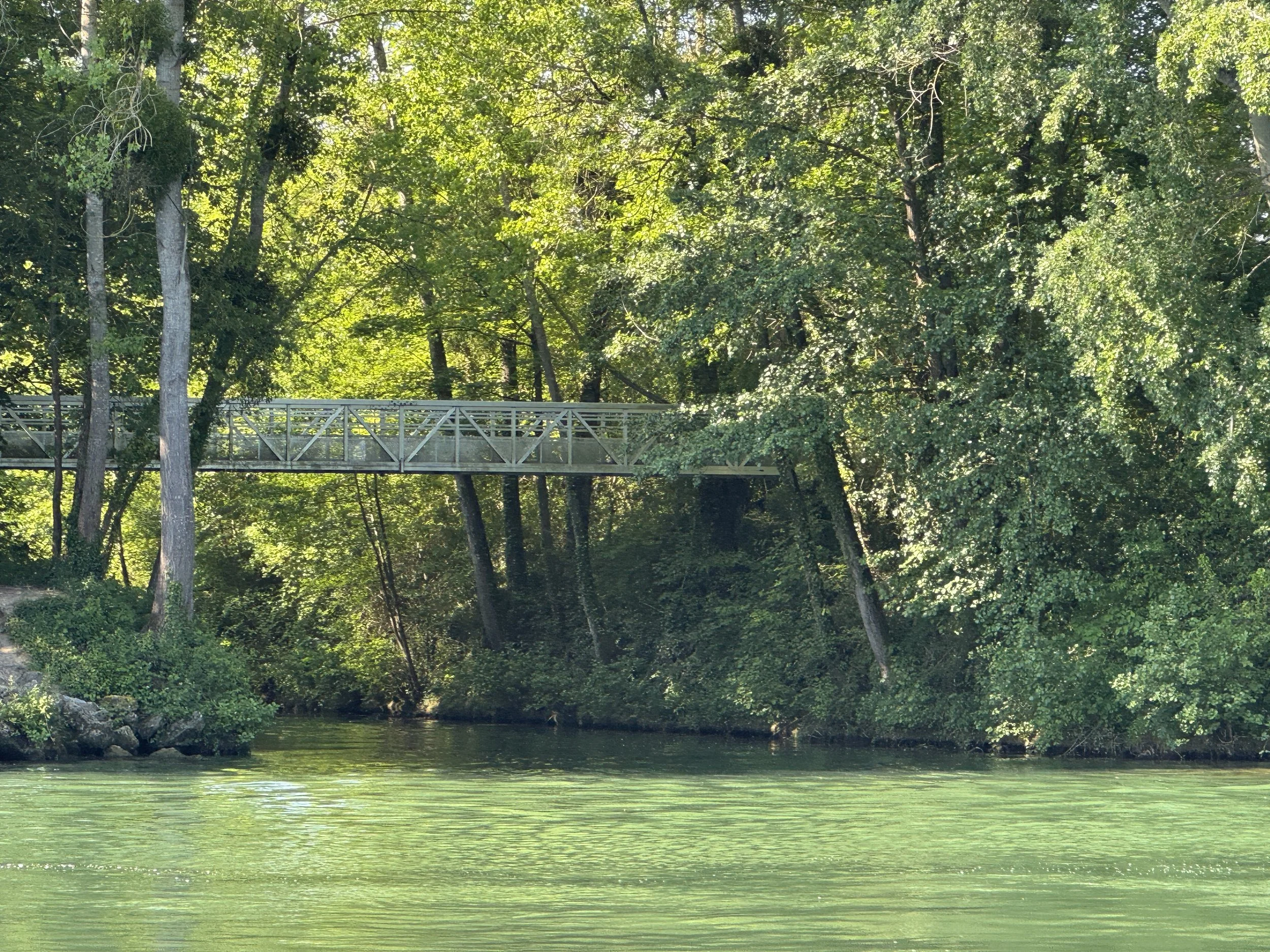Secrets Of The Seine
After our wild ride up the mighty Rhône River in March we were a bit ambivalent about another large river. And we’d read that the large locks on the Seine River would be different from anything we’d seen so far. (Our daily mantra; “you’ve seen one lock - you’ve seen one lock.) We were relieved to discover that the La Haute Seine or Upper Seine is a far more placid river than the Rhône. Moreover, we were heading upstream in March and bucking a much stronger current on the Rhône, now we were moving downstream, the current with us and the water smooth.
The Seine starts at a string of small springs in the appropriately named village of Source-Seine, in the Burgundy region. From there it wends its way northwesterly into the English Channel after a course of almost 800km (nearly 500 miles). It is a major transport artery, navigated by a substantial fleet of high-capacity barges and now a dozen or more river cruise lines.
Its history can be traced back a very long time. Neanderthal stone tools have been discovered in the Seine basin. Julius Cesar incorporated it into the Roman Empire in 52 BC. From the 9-11th centuries the Vikings pillaged the Upper Seine and spent a year laying siege to Paris - to no avail, it remained in the dominion of the French. During the Middle Ages, Paris became the economic, political and religious center of France while Normandy to the north became English territory. Though Paris was the seat of the Crown of France, the rest of the country continued to be ruled by feudal lords. In the 20th century, during World War II, the river played a significant role in the Battle of Normandy, especially during the D-Day landings. Today, the river remains central to French life and culture; its art, architecture, literature, food and wine.
We had floated lazily out of the mouth of the Loing as it gently emptied into the Seine at the town of Saint-Mammès. I had called ahead and made a reservation at a marina to insure we could stay several days. Tom had ordered some small parts to repair a few minor things and we had shipped them to the Tourist Office there. We were cheerfully welcomed at the marina and filled in on all the best places to eat and things to see around town.



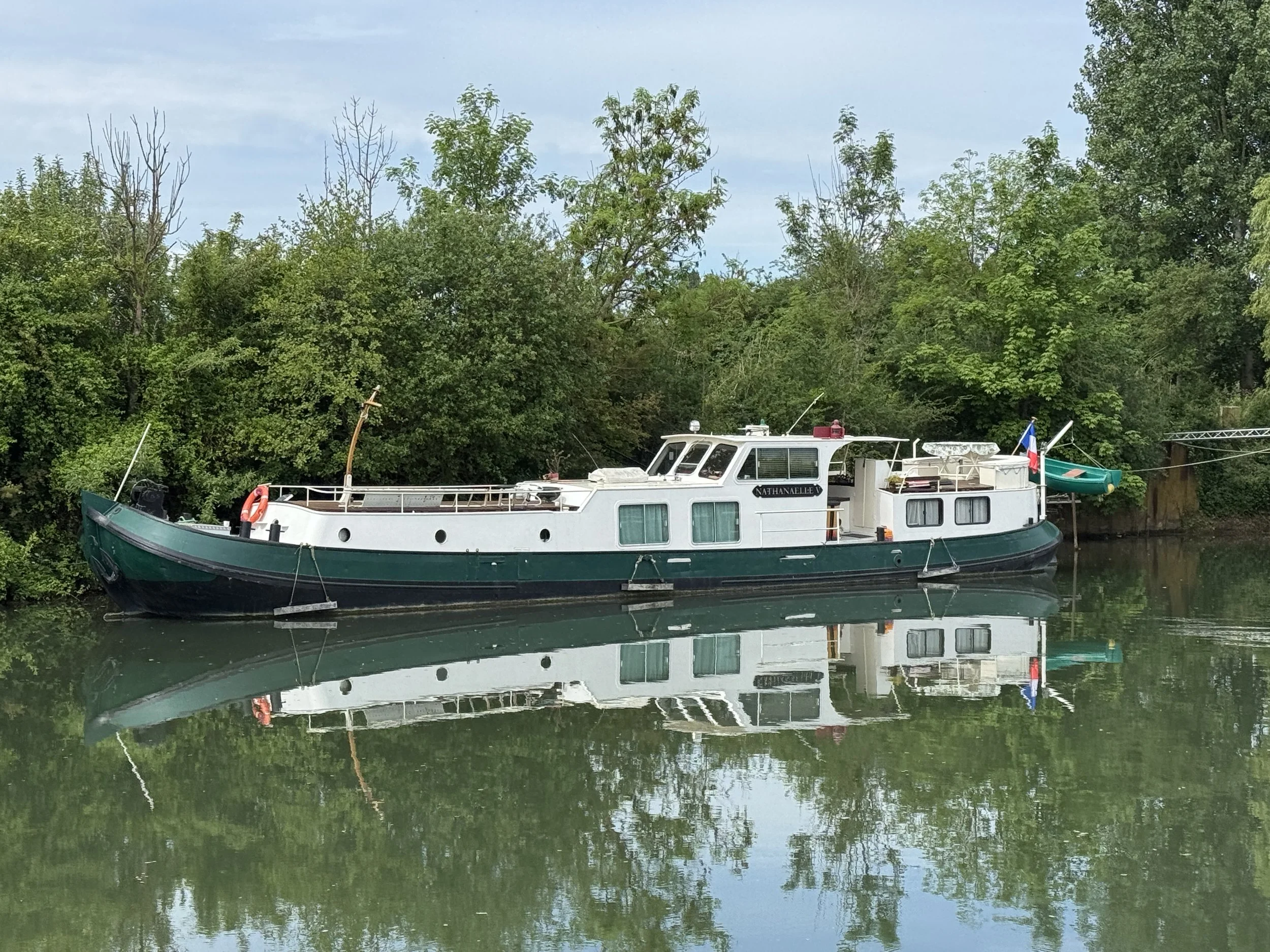


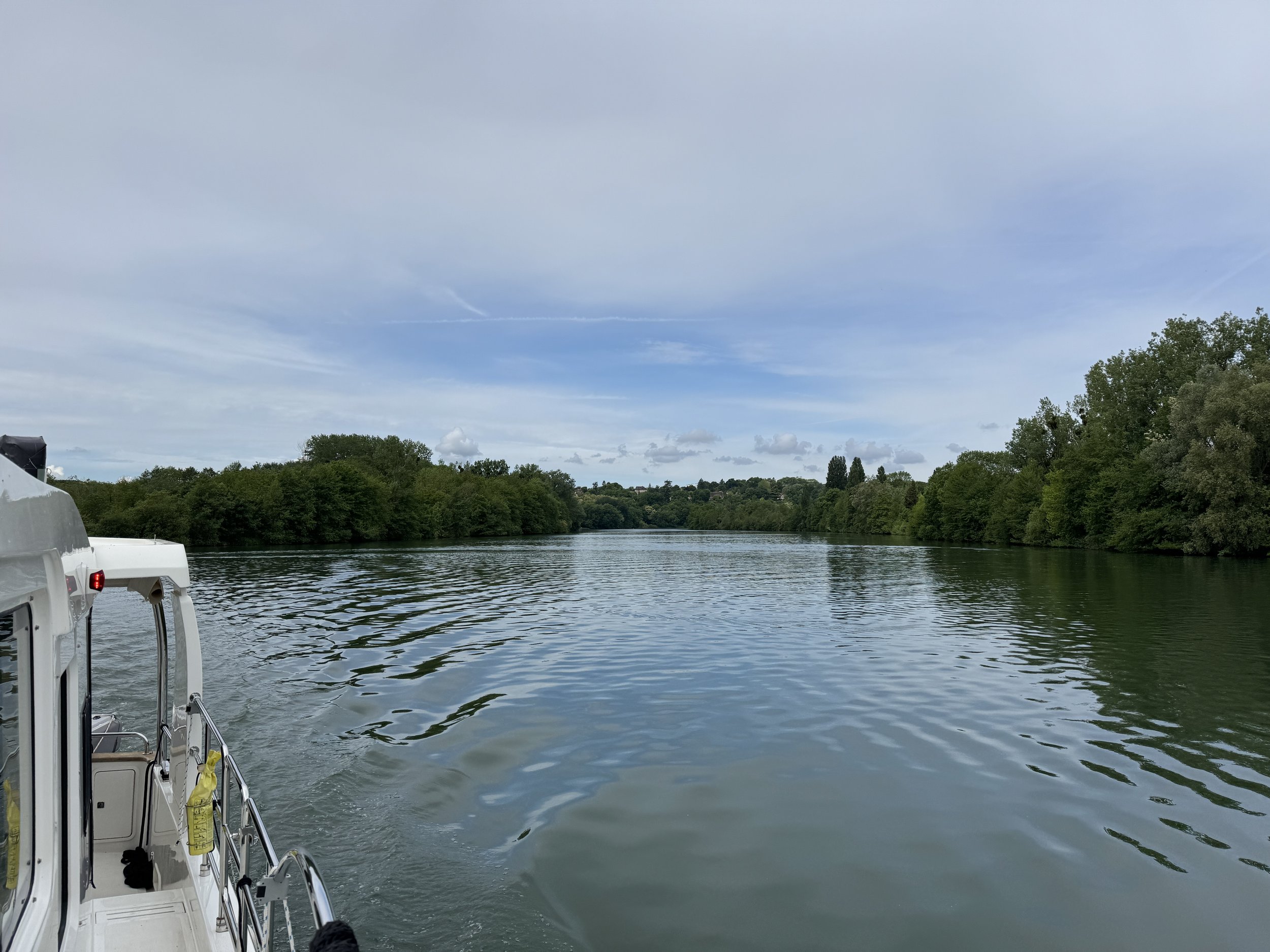

The first couple of days were spent putting Meraki to rights. All the bridges along the Seine River are tall enough for us to pass beneath with our mast up. That is, all the bridges that cross over the river are high enough for our standing mast, but I had also made arrangements to stay later in the week in the one and only marina in the heart of Paris. In order to enter this harbor, we would need to fit beneath one low overpass. Still, we were so eager to restore order on the boat-deck that we immediately began unlashing, reinstalling and refastening the various parts and pieces we had removed months earlier.
We knew to get into the Paris marina we would need to hinge the mast down, what we didn’t know was our exact height with the mast tipped back onto our dinghy, and we wanted to put Raki back in her cradle on the roof. We hoped we could dismantle the temporary davit we had constructed on the stern where she’d hung for the past six weeks. It took most of the day to sort it all out; measuring, rearranging, measuring again - and we had to forego putting the motor back on the dinghy, but we did succeed in getting everything back onto the boat-deck while remaining low enough to enter the marina in Paris.
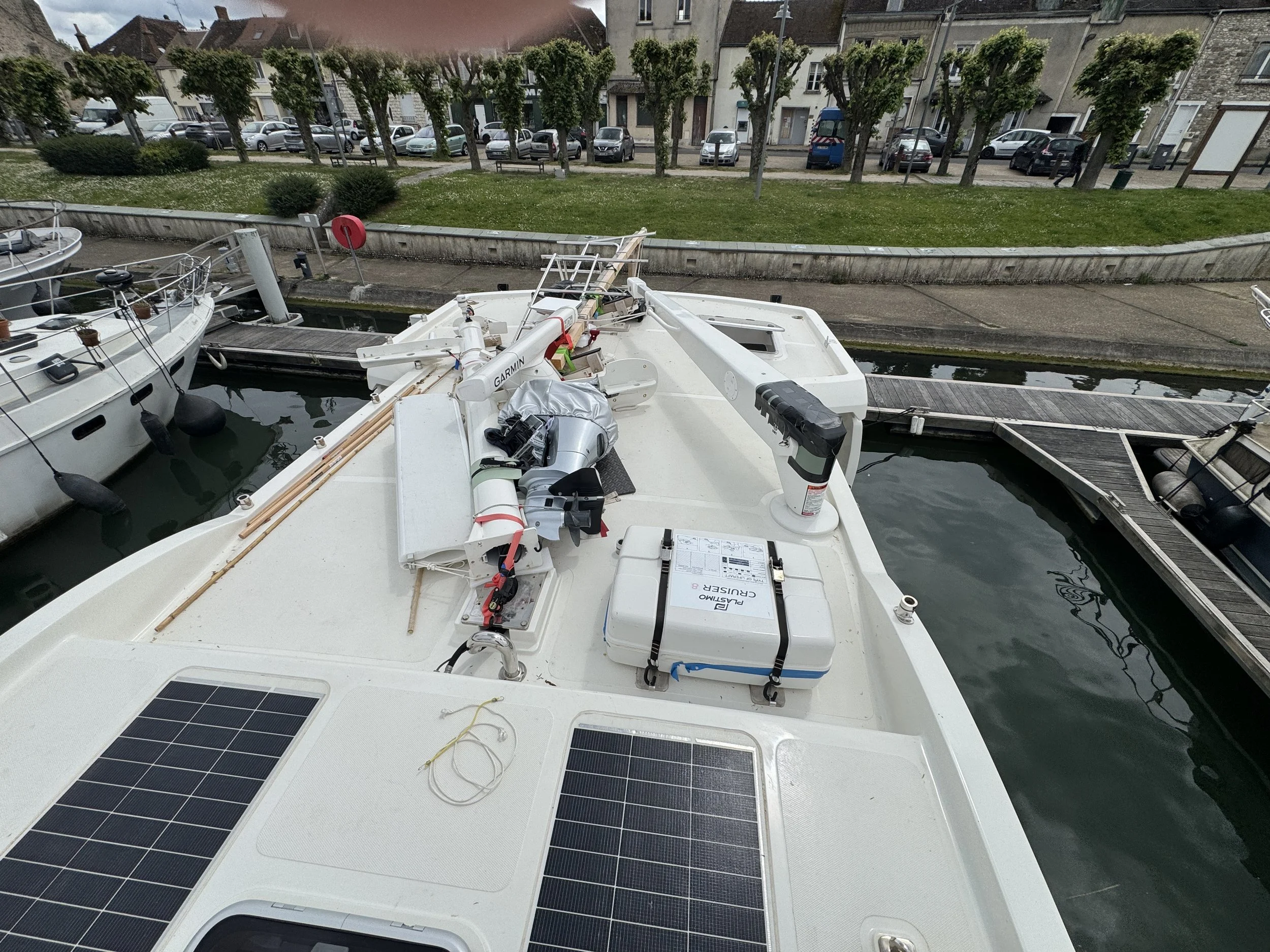
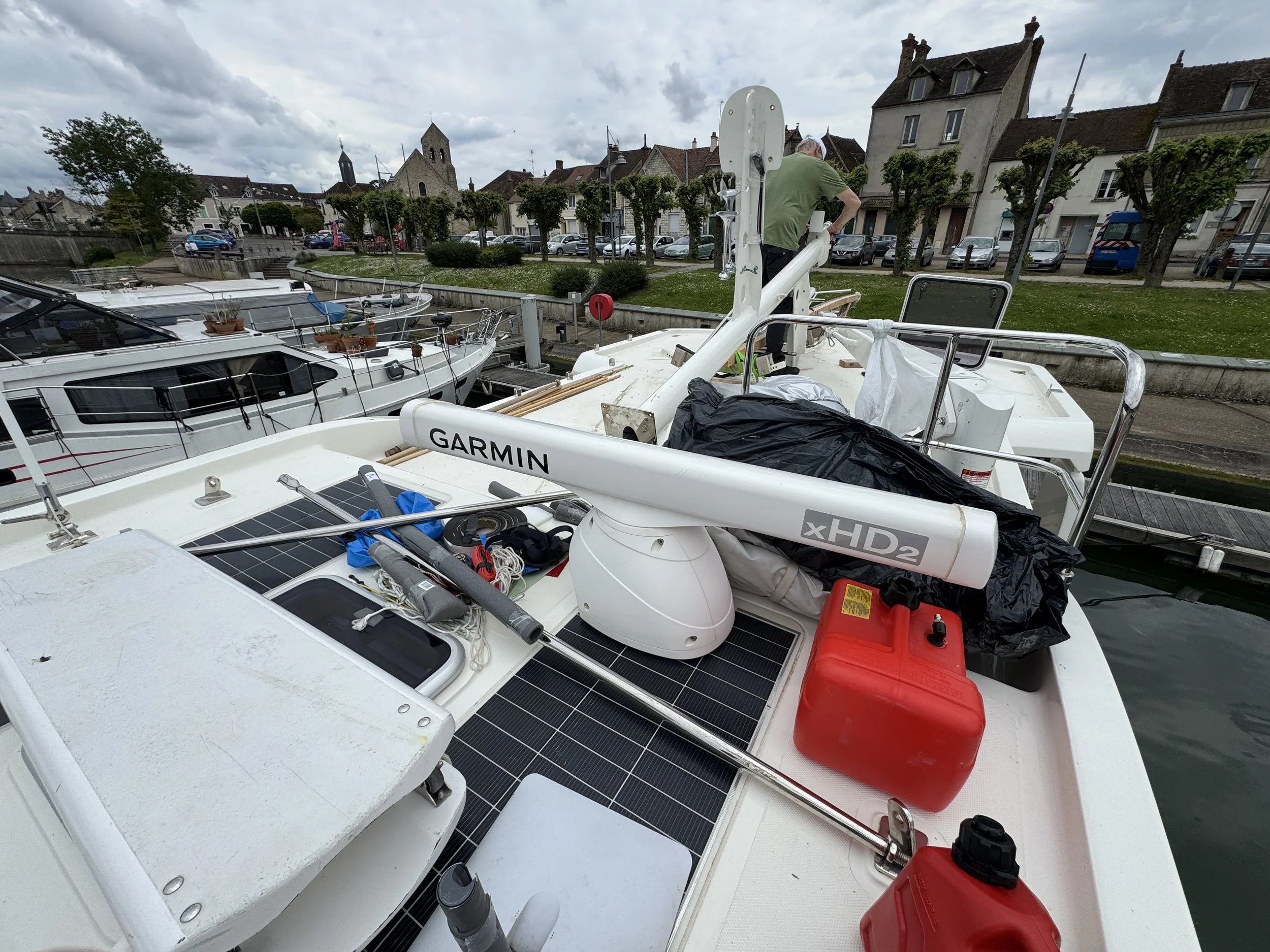

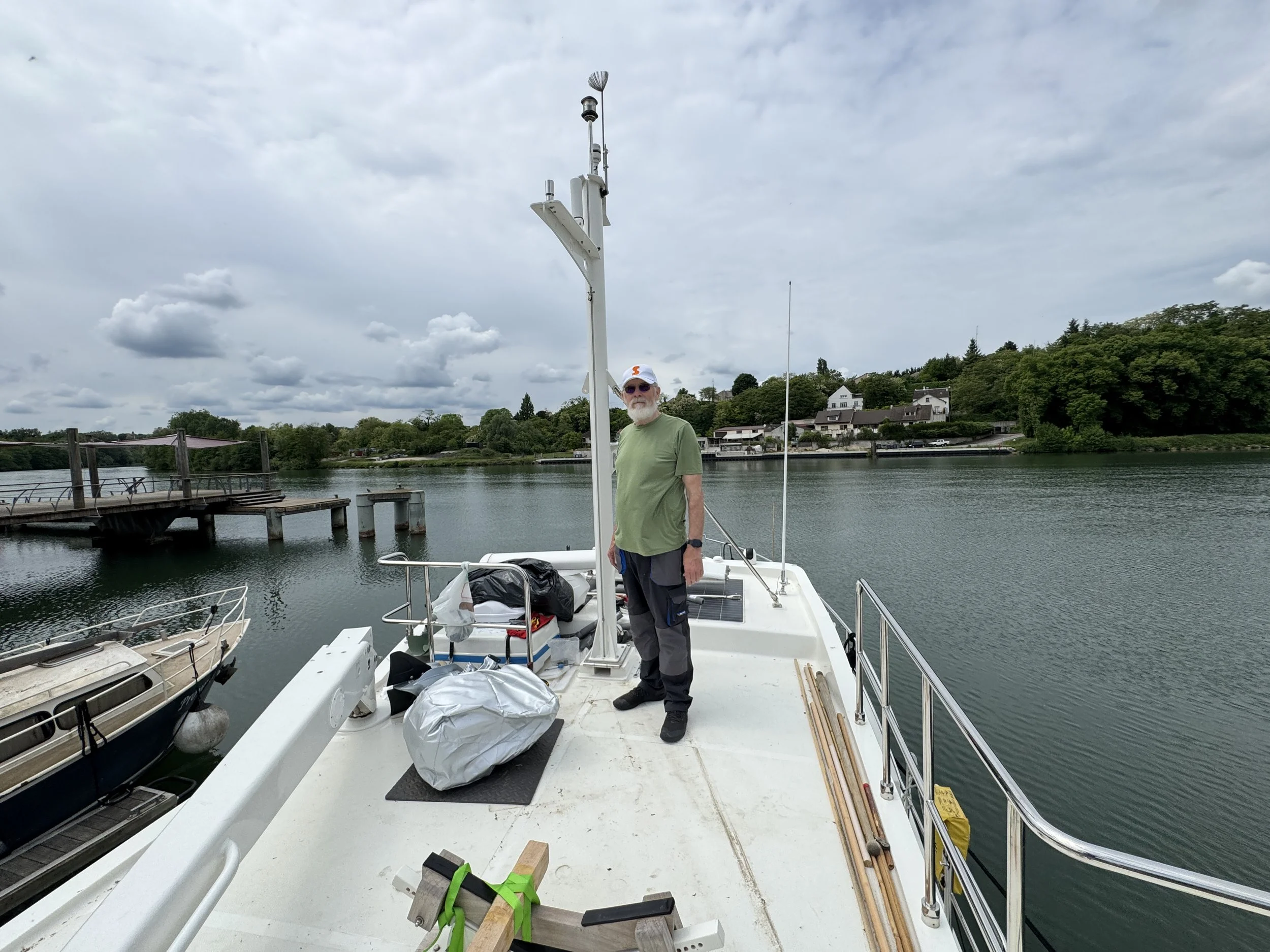



The following days were spent cleaning the canals of France off of Meraki. She’s never been as mud splattered and smudged as she has been this spring, and there is much more to do but we have made a huge dent in it. It feels great to see Meraki looking more like herself again.
With things well in hand, it was time to explore the area. Saint-Mammès is a small village at the crossroads of waterways that traverse the center and west of France. It has long and deep roots in the French barge industry and became one of the major hubs along the river. Weekly meetings were once held here for bargemen to plan the transport of goods. The barge people chose to settle down in Saint-Mammès, building a boarding school for their children and planting kitchen gardens and orchards which earned the community the reputation of being a bargemen's paradise. In an effort to conserve the limited space available (total area only 224 hectares or less than one square mile) the streets are really just narrow alleys which crisscross from dooryard to dooryard. Many garden sheds have since been converted to small houses and numerous barges are still docked along the banks now used as houseboats, museums and shops.

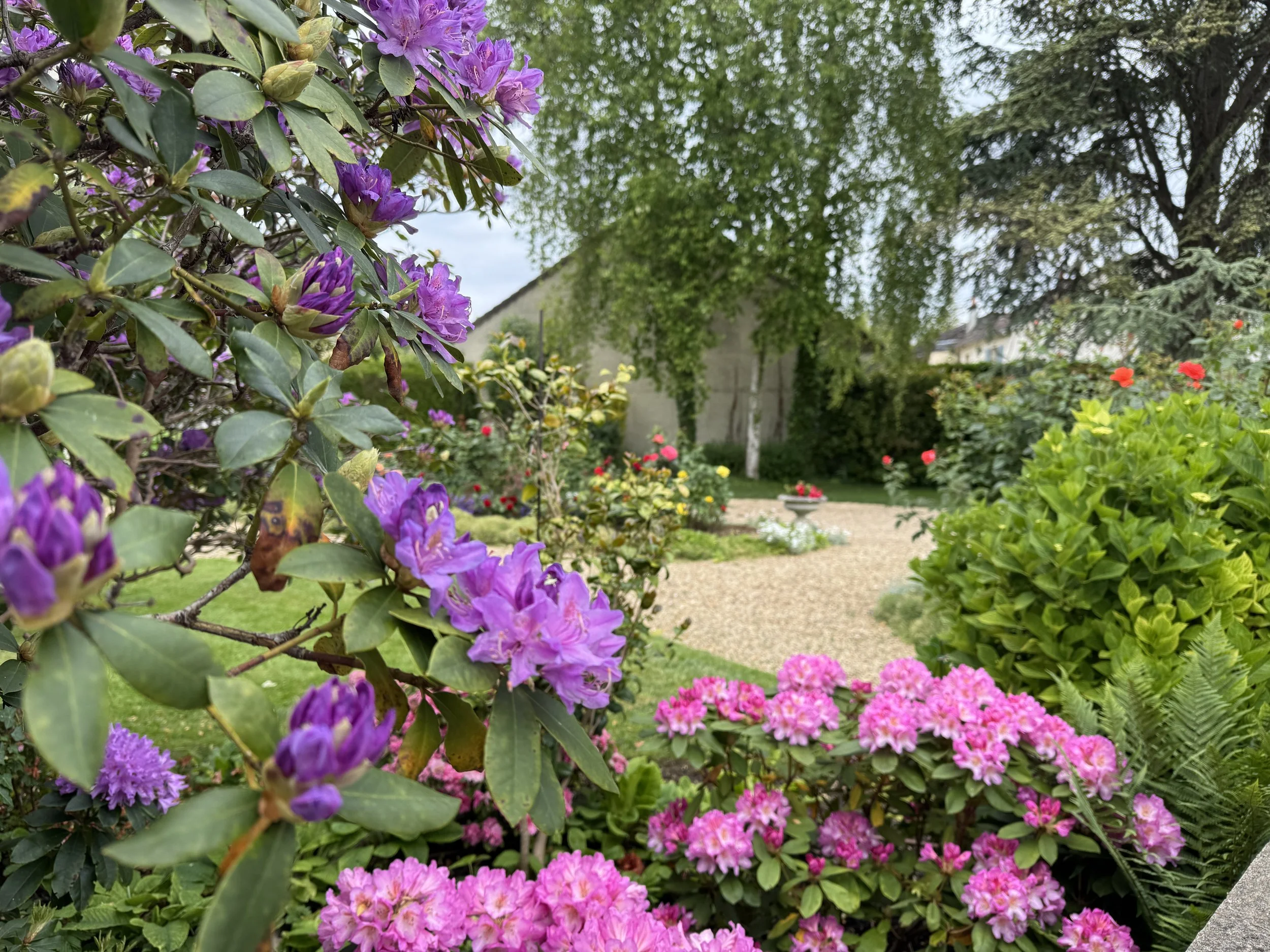






Just around the corner you can cross a footbridge over the Loing River and walk into the neighboring town of Moret-sur-Loing, a medieval fortified village from the 12th century. We strolled over the passerelle one morning and upstream along the Loing where we happened upon some sort of Fair with children’s activities, face painting and food trucks.

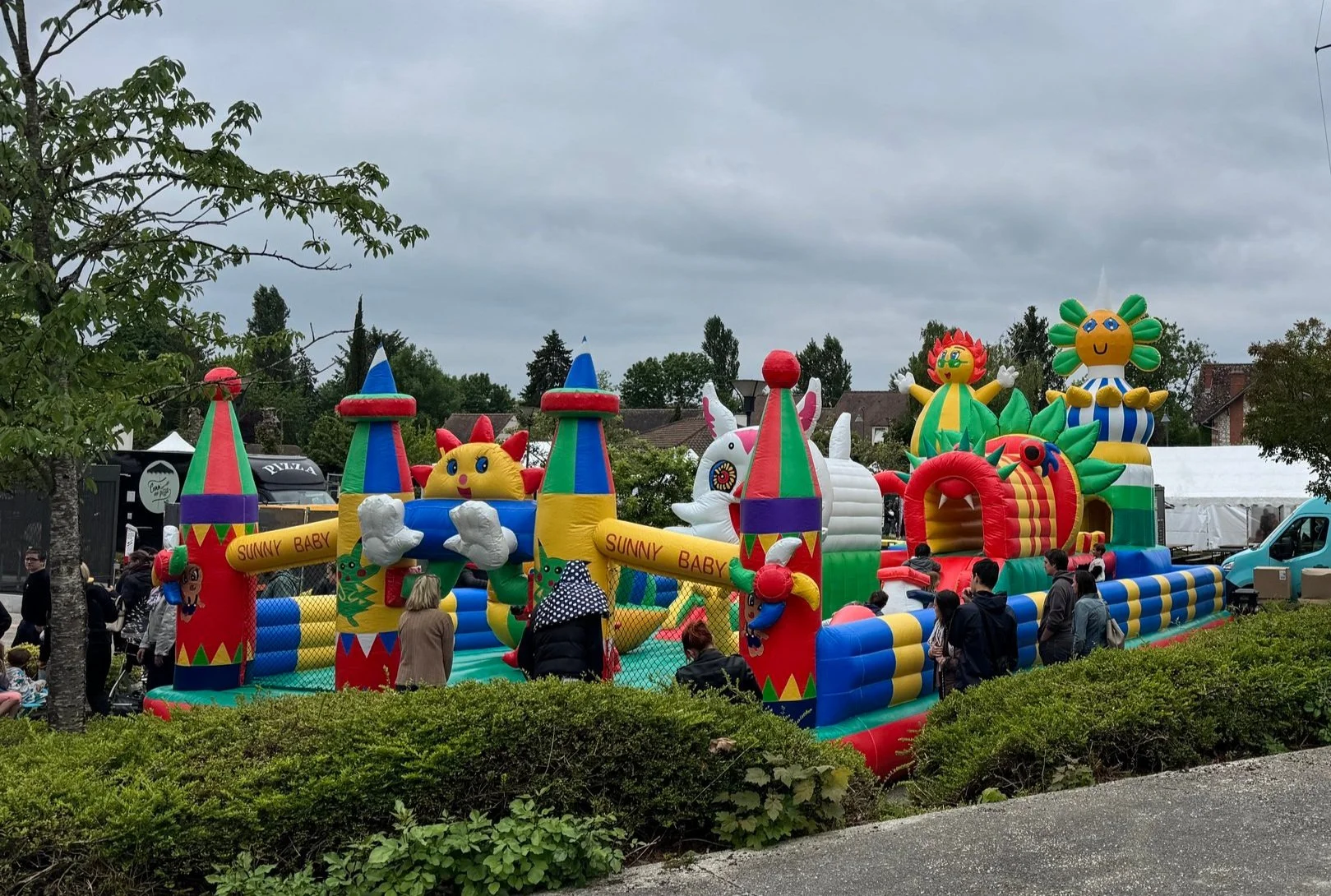
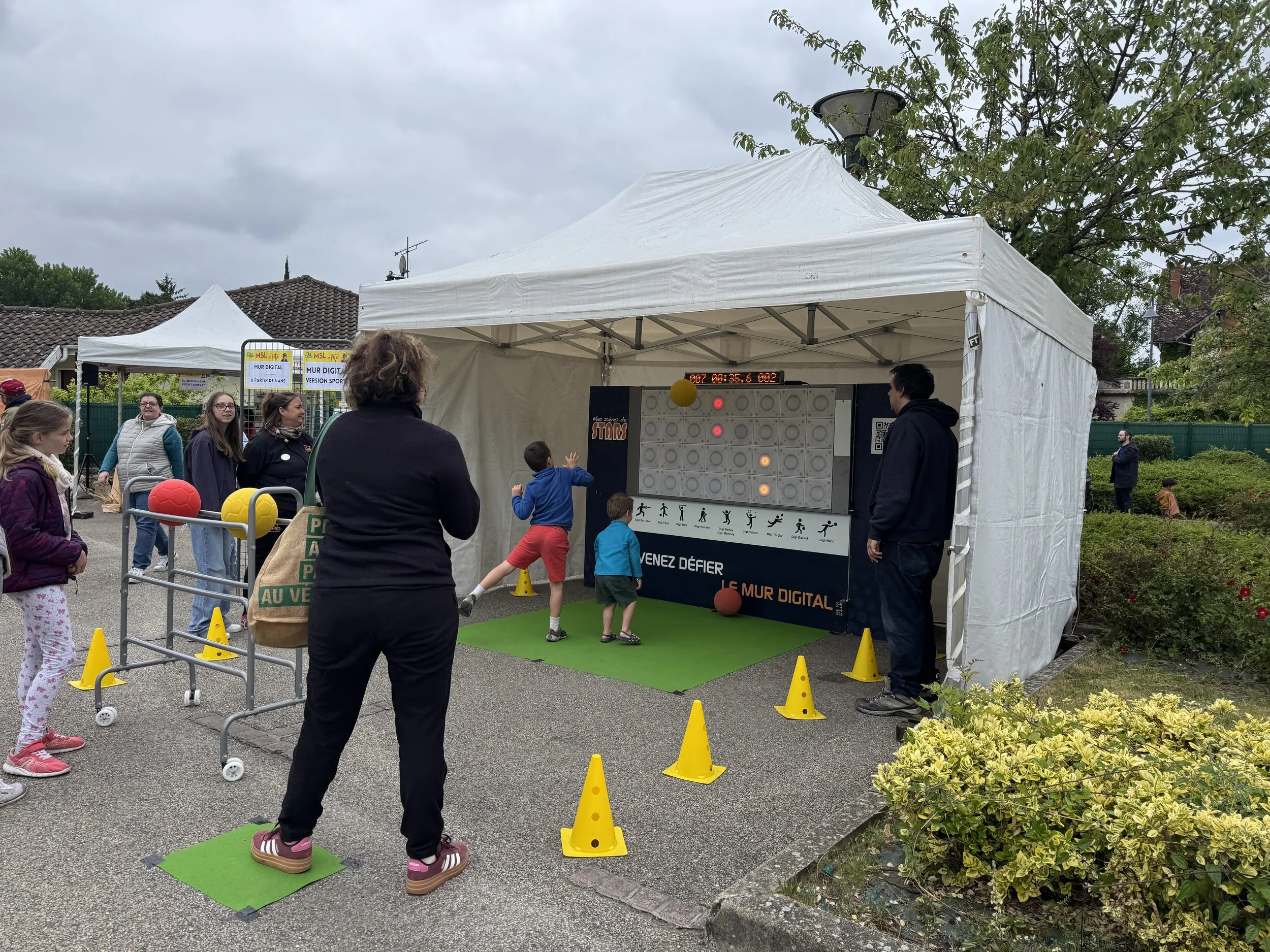

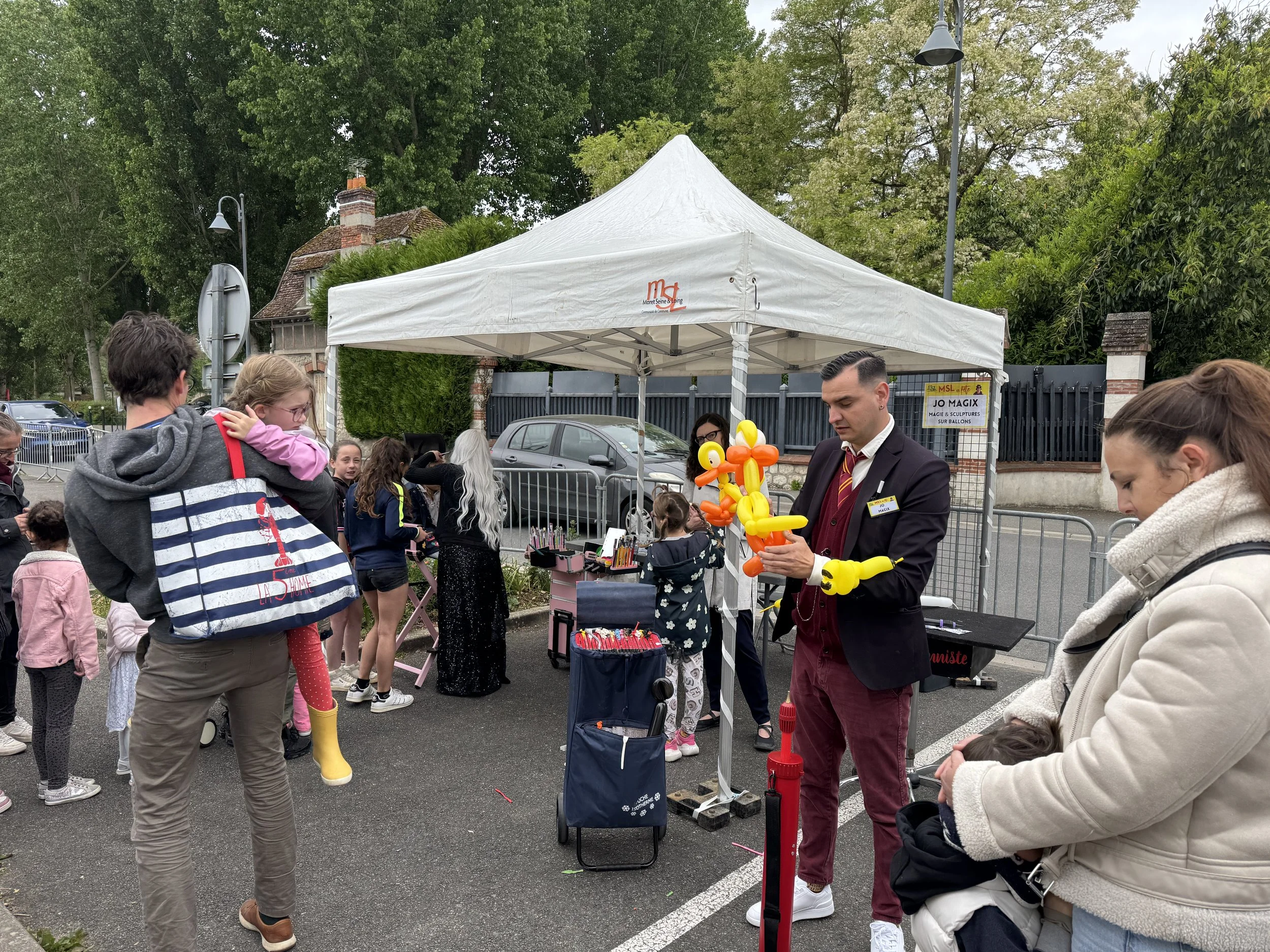




We continued on into the village where much to our surprise we learned it was ‘Artist Days Weekend‘, an annual event where local creators open the doors of their studios, give demonstrations and display their work: everything from sculptures, paintings and photography to textiles, masks, puppets, ceramics, and glass. In addition to the exhibitions and demonstrations, apparently there were children's workshops, concerts and fashion shows. Perhaps I should spend a little time on Facebook as we travel, to learn about these events in advance so that I can plan to attend rather than leave it to happenstance???

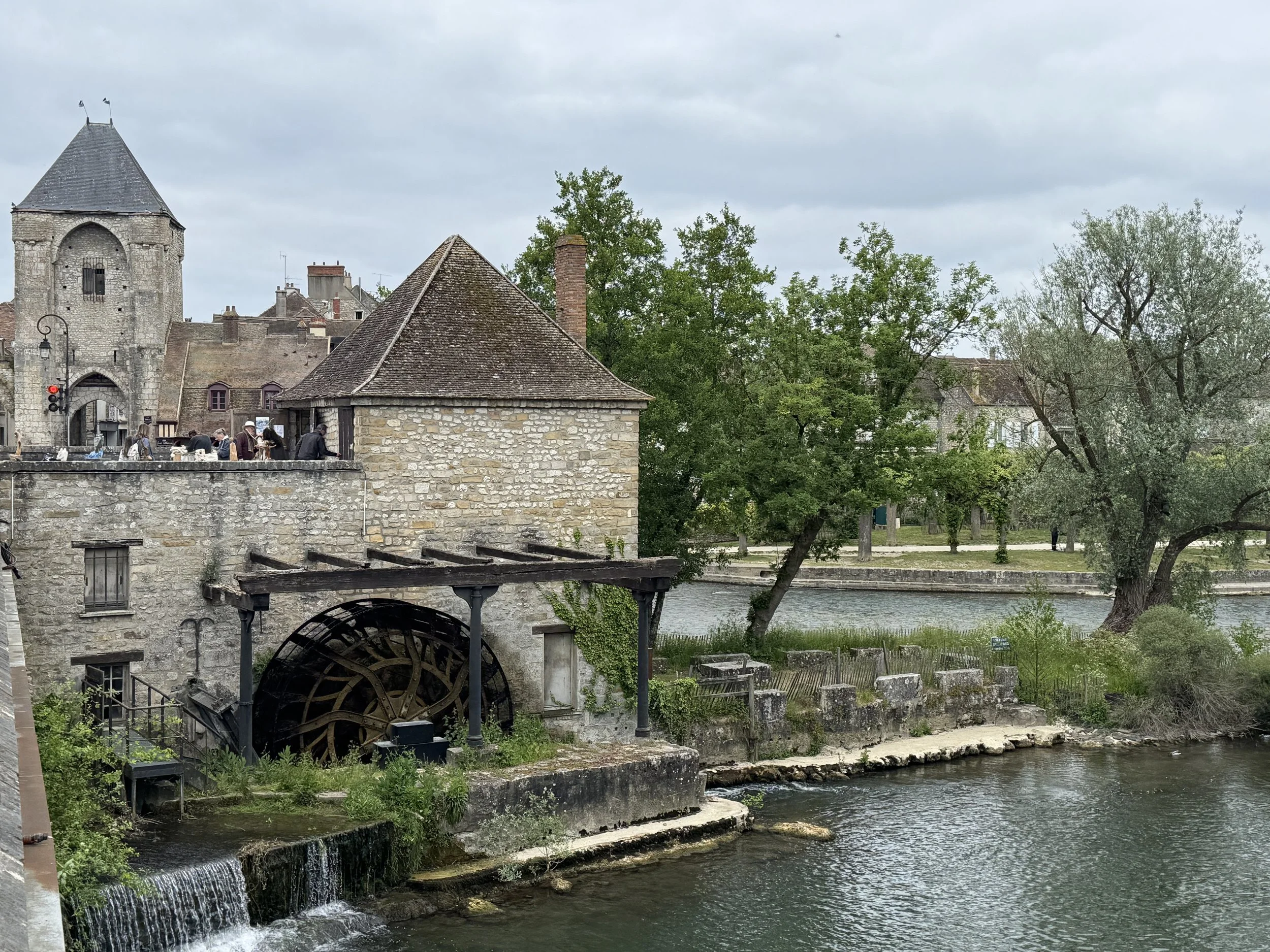




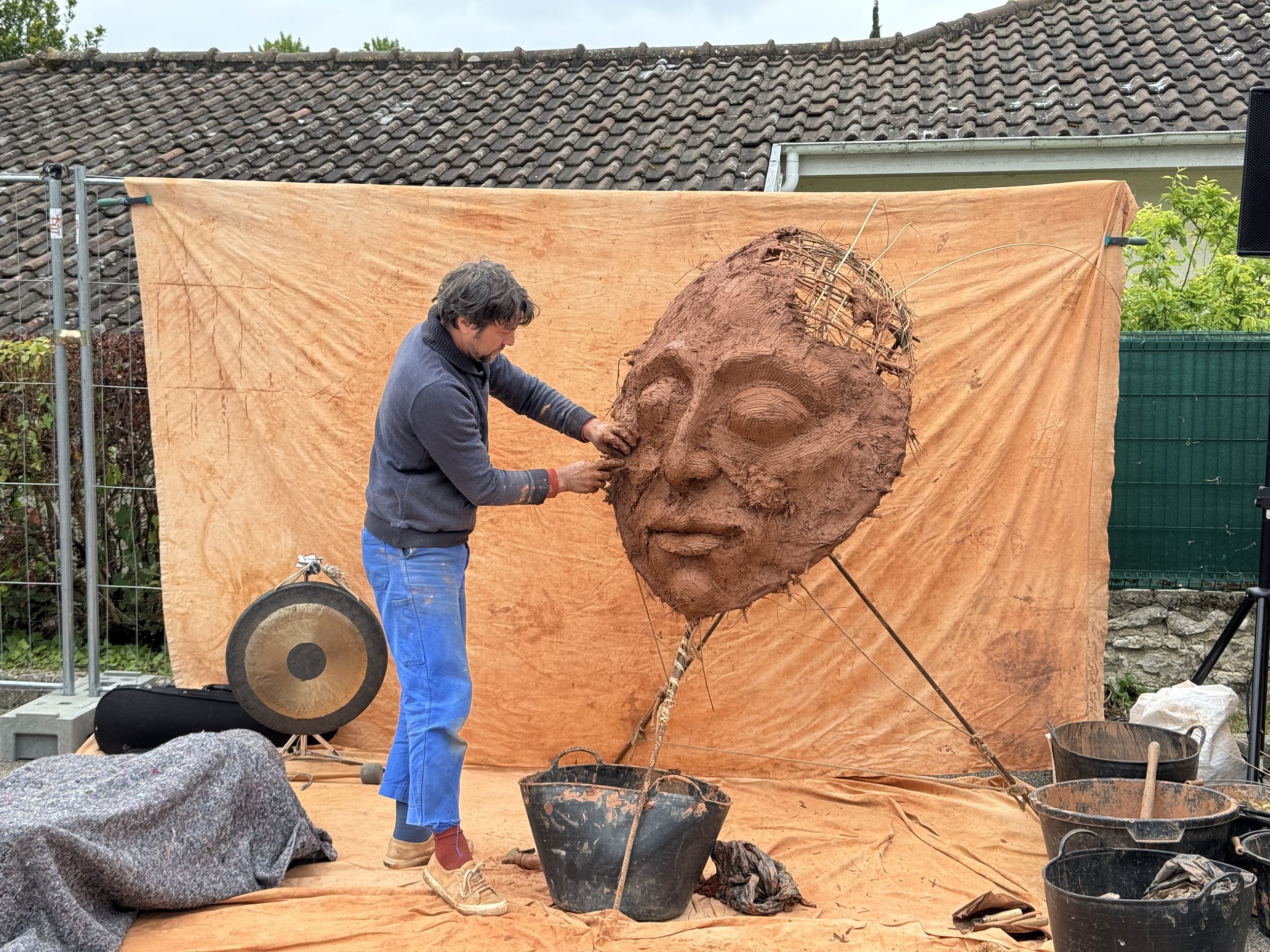

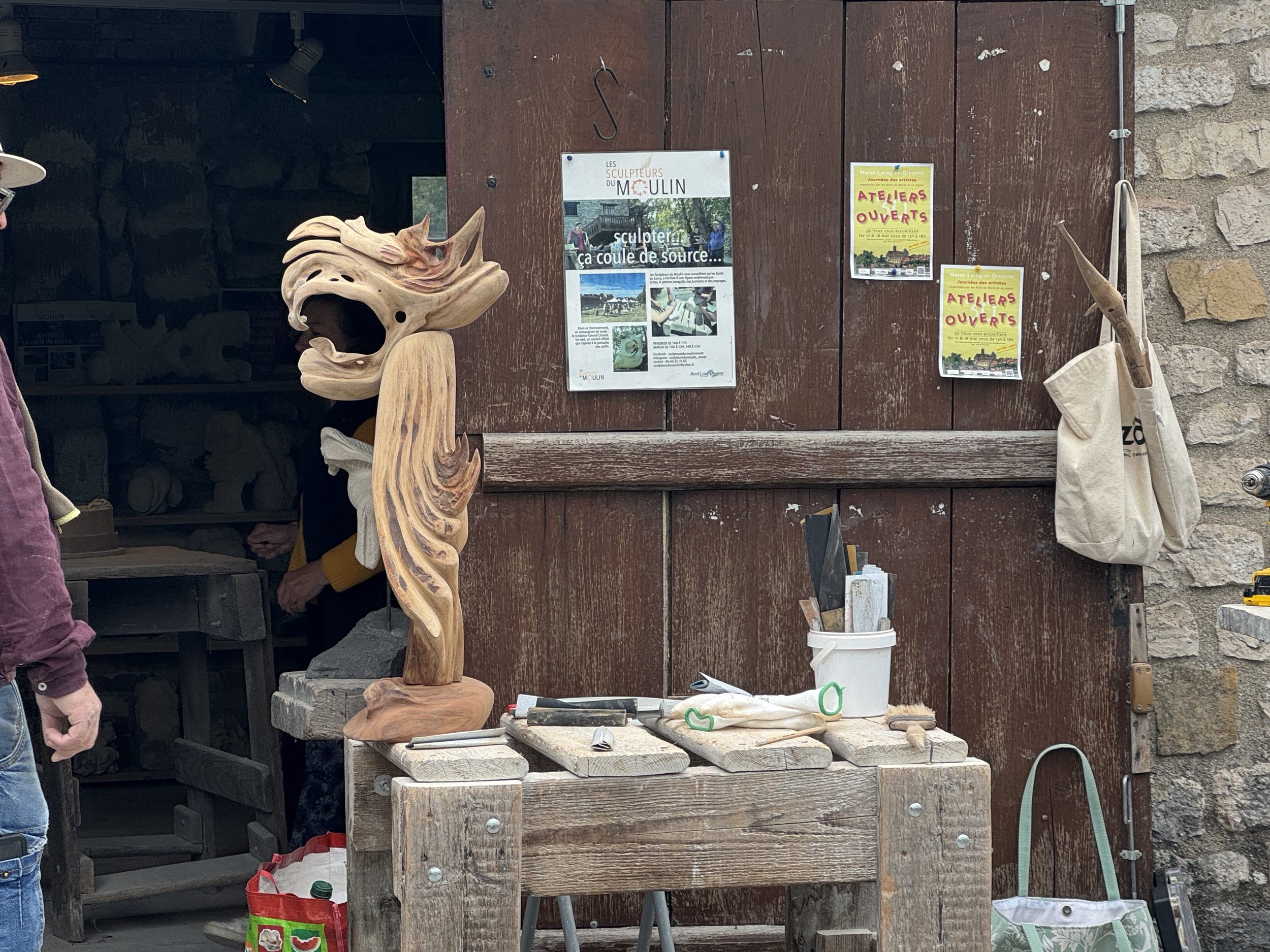
Spring in Moret-sur-Loing,1891
Alfred Sisley
1891 · oil on canvas
Painting ID: 820591
Spring in Moret-sur-Loing, 1891
Alfred Sisley Private Collection Bridgeman Images
We followed a winding dirt trail back to the footbridge over the Loing and home along the Seine. I was delighted by our serendipitous Art Fair discovery and spent the rest of the evening reading about the birth of Impressionism in France during the 19th century and the many famous artists who spent time here. Renoir, Monet and especially Sisley produced a huge body of work painting the orchards, rivers, boats, and village streets of these communities.




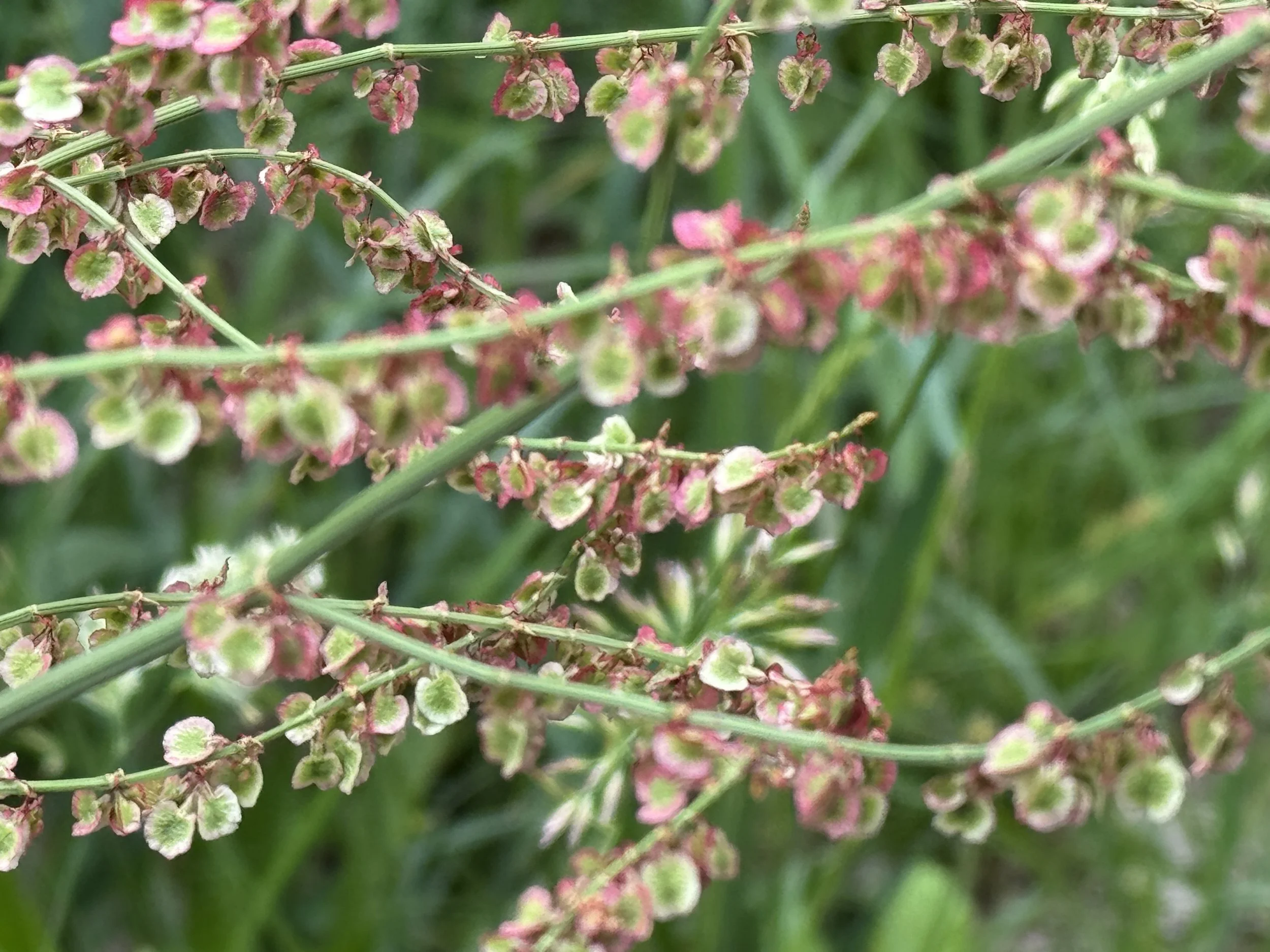



We had a couple of relaxing days waiting for our package; we visited the street market (naturally), we watched the barge traffic motor passed, and were greatly entertained one afternoon by a water-jousting school that held their practice directly in front of Meraki.



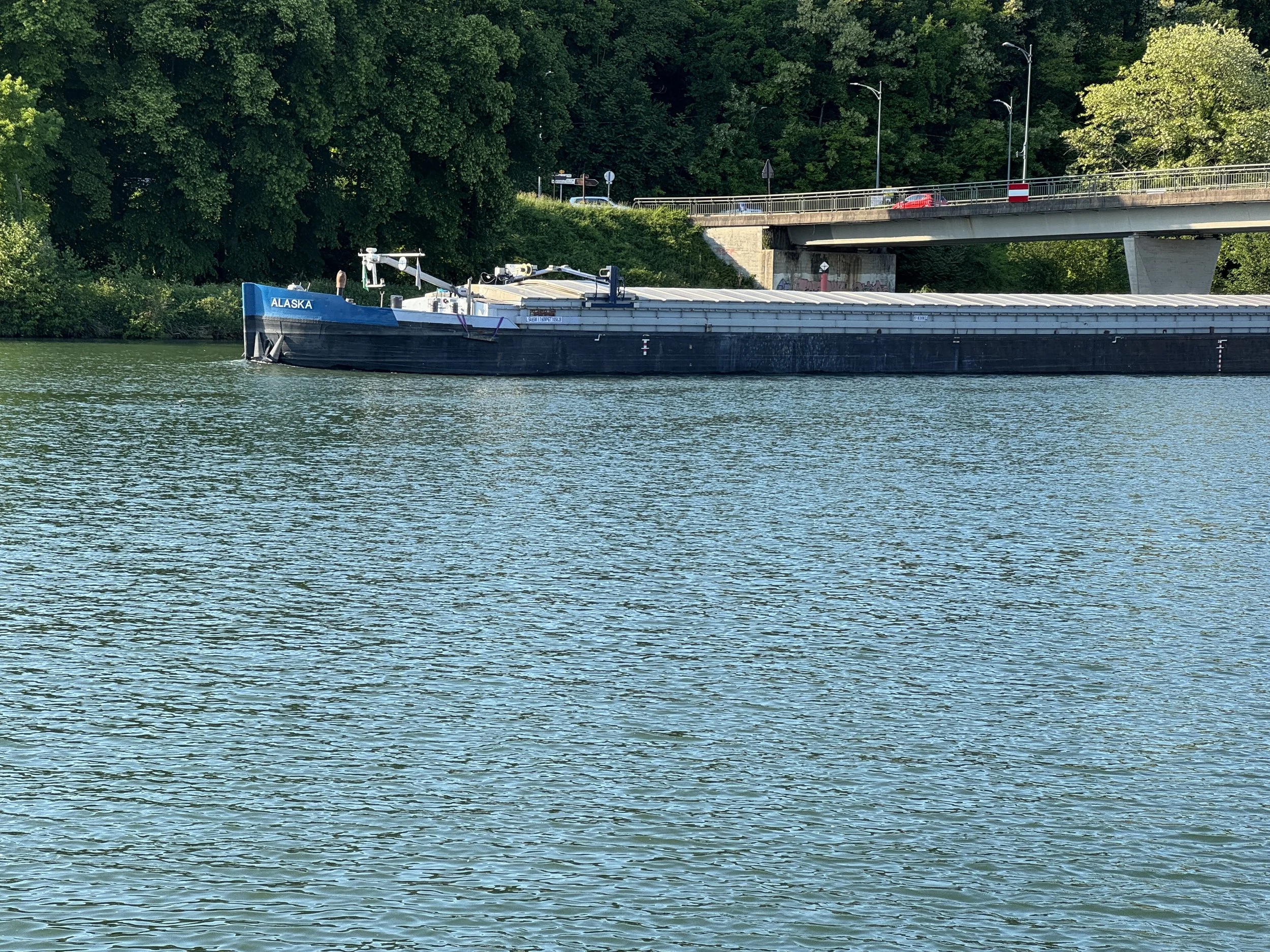
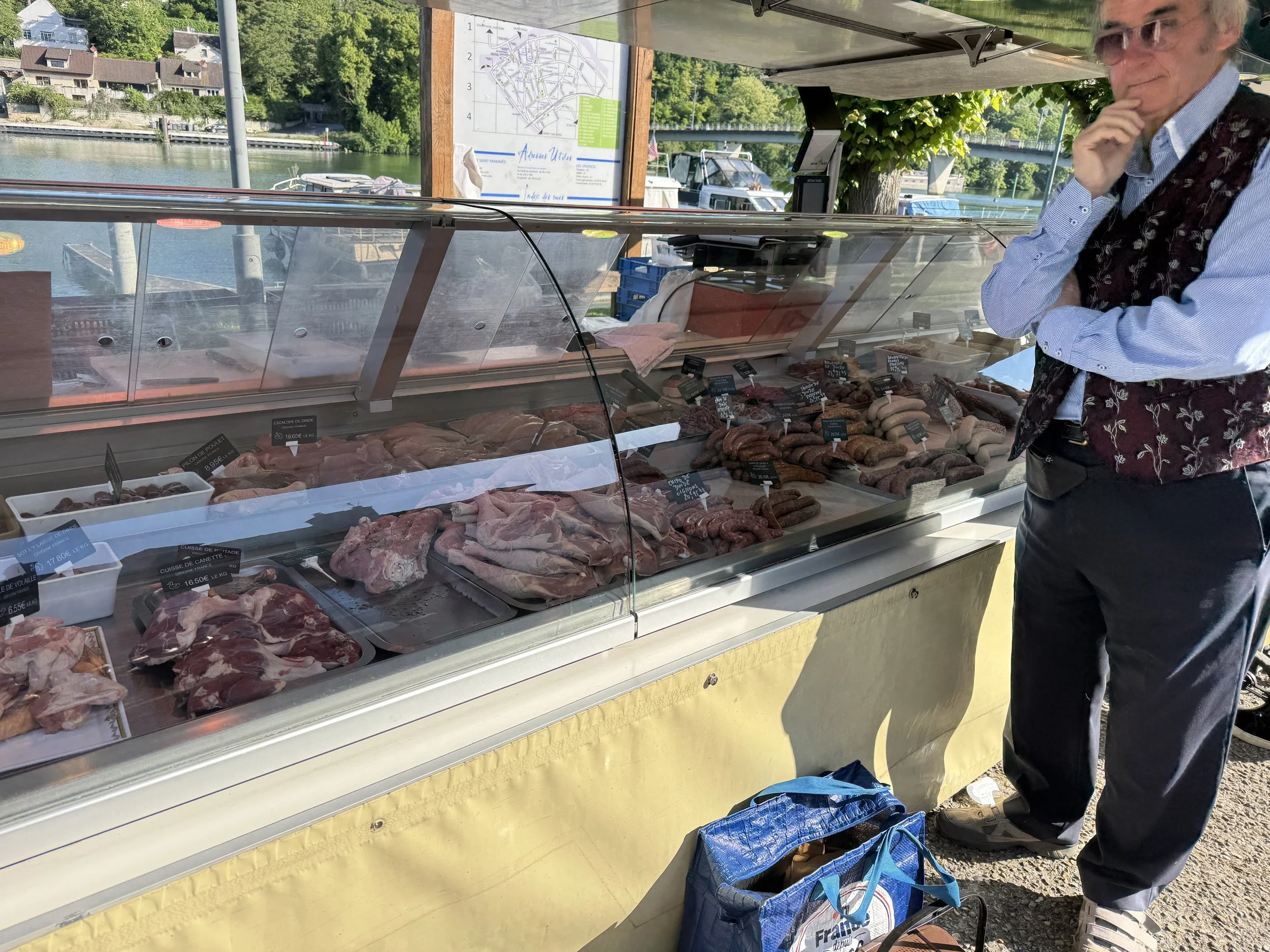
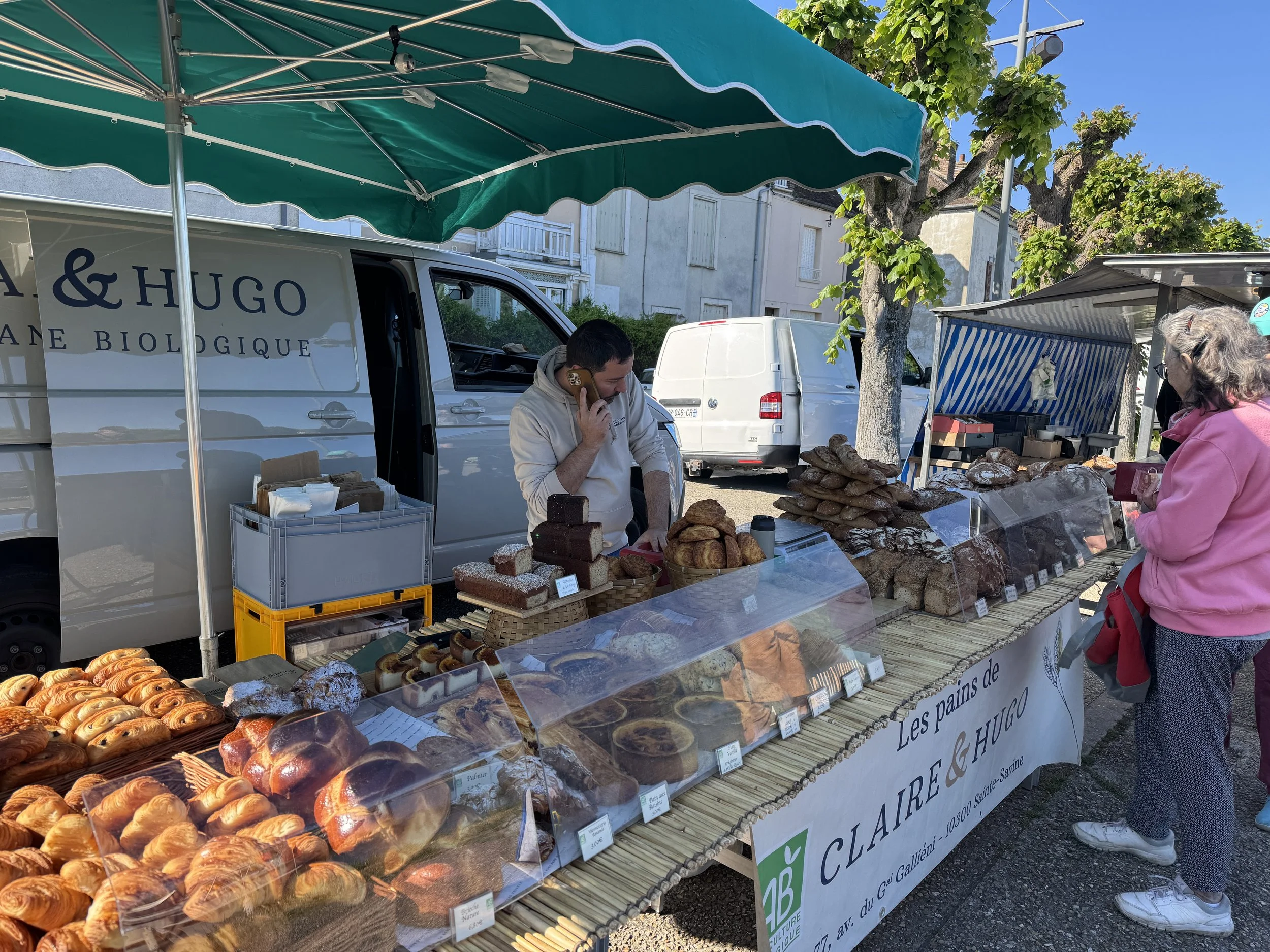
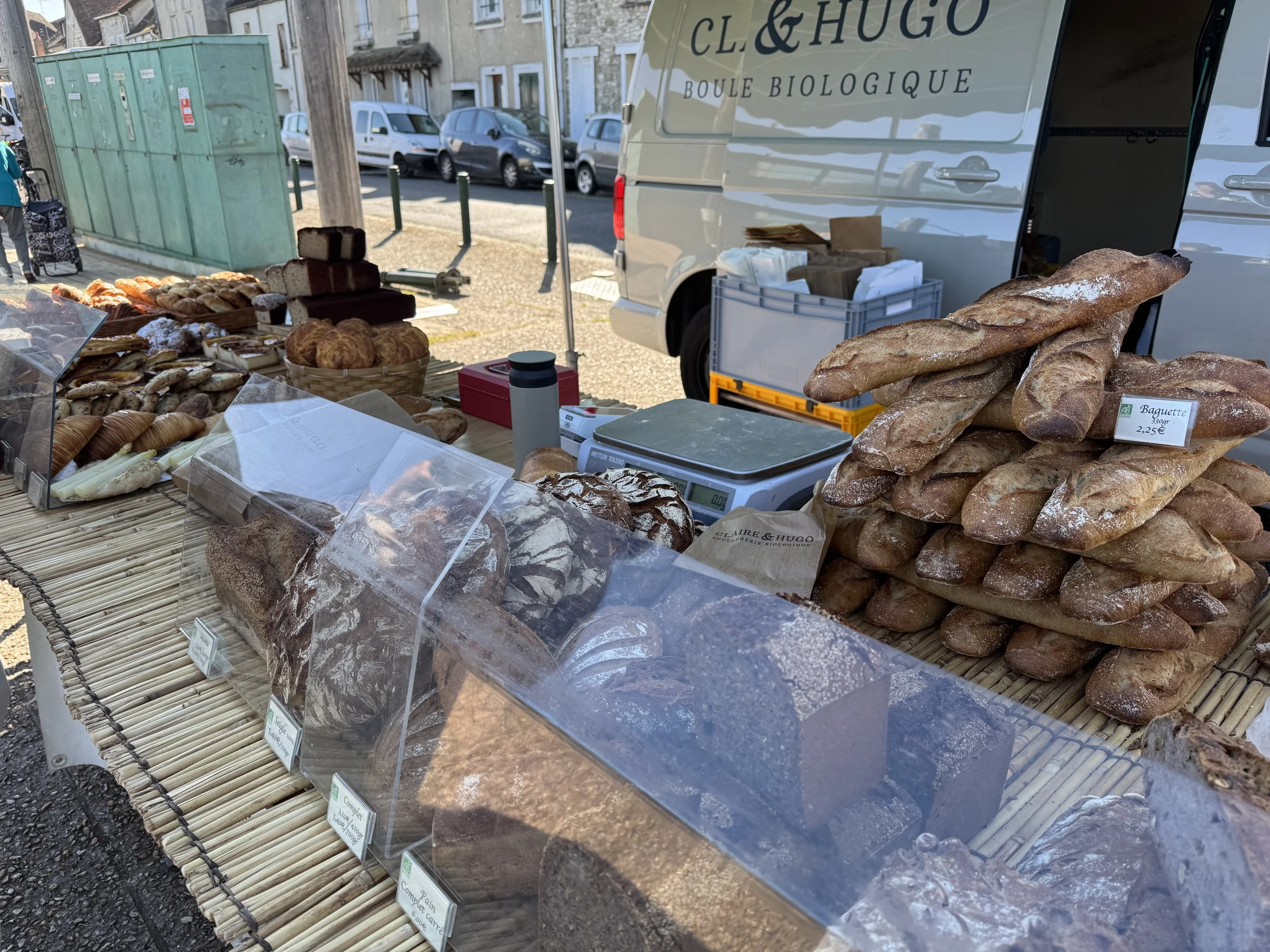
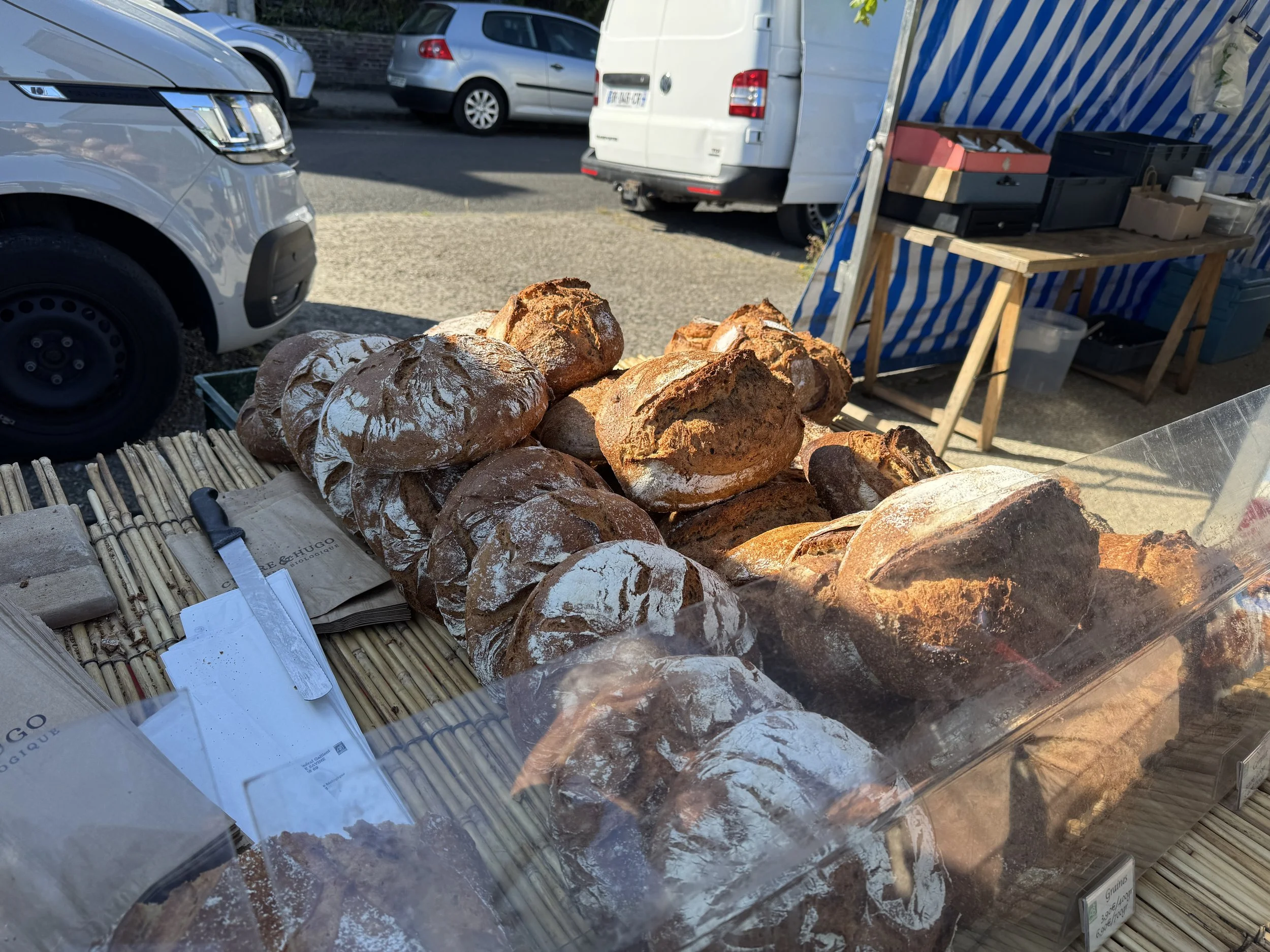


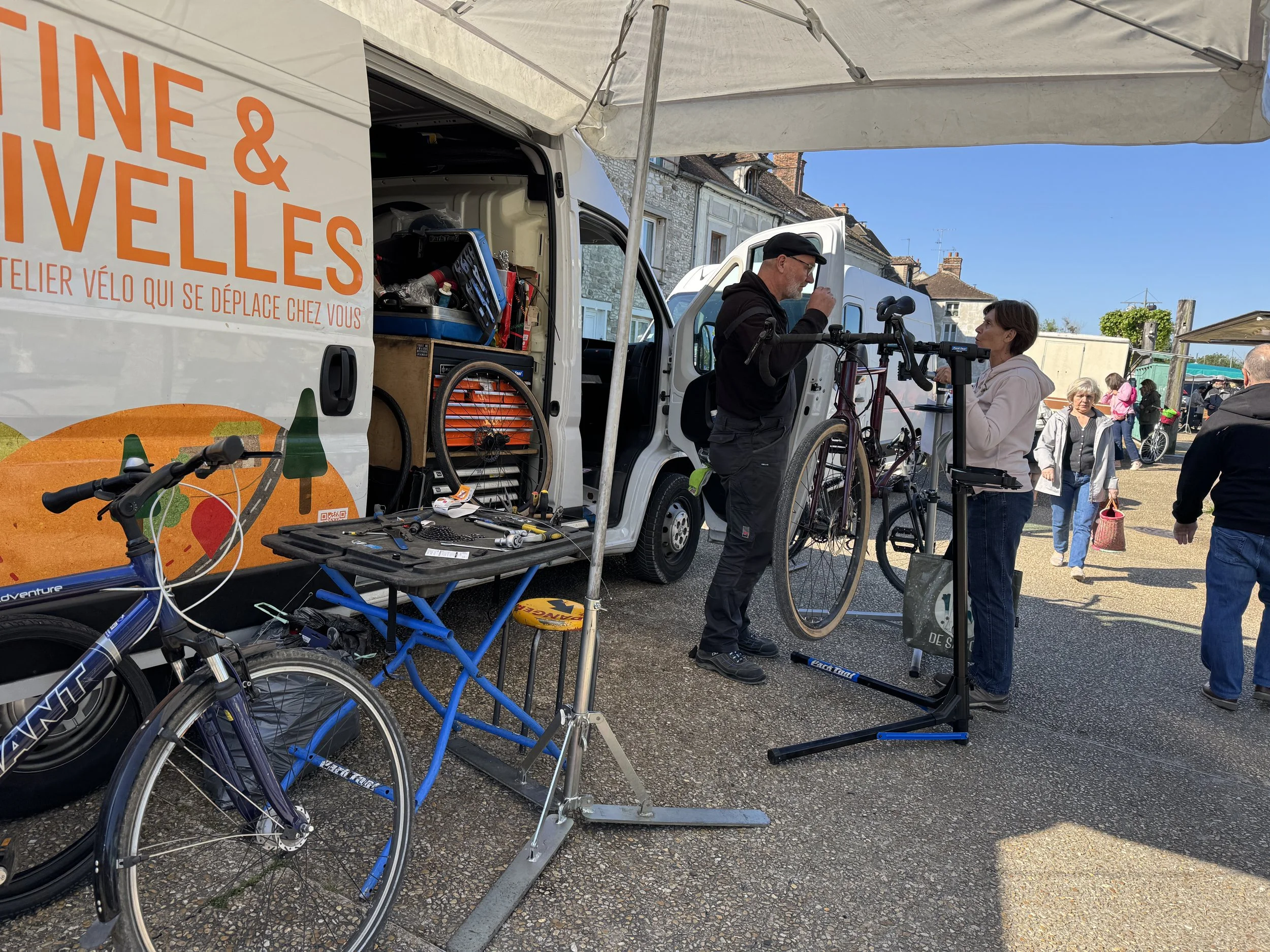


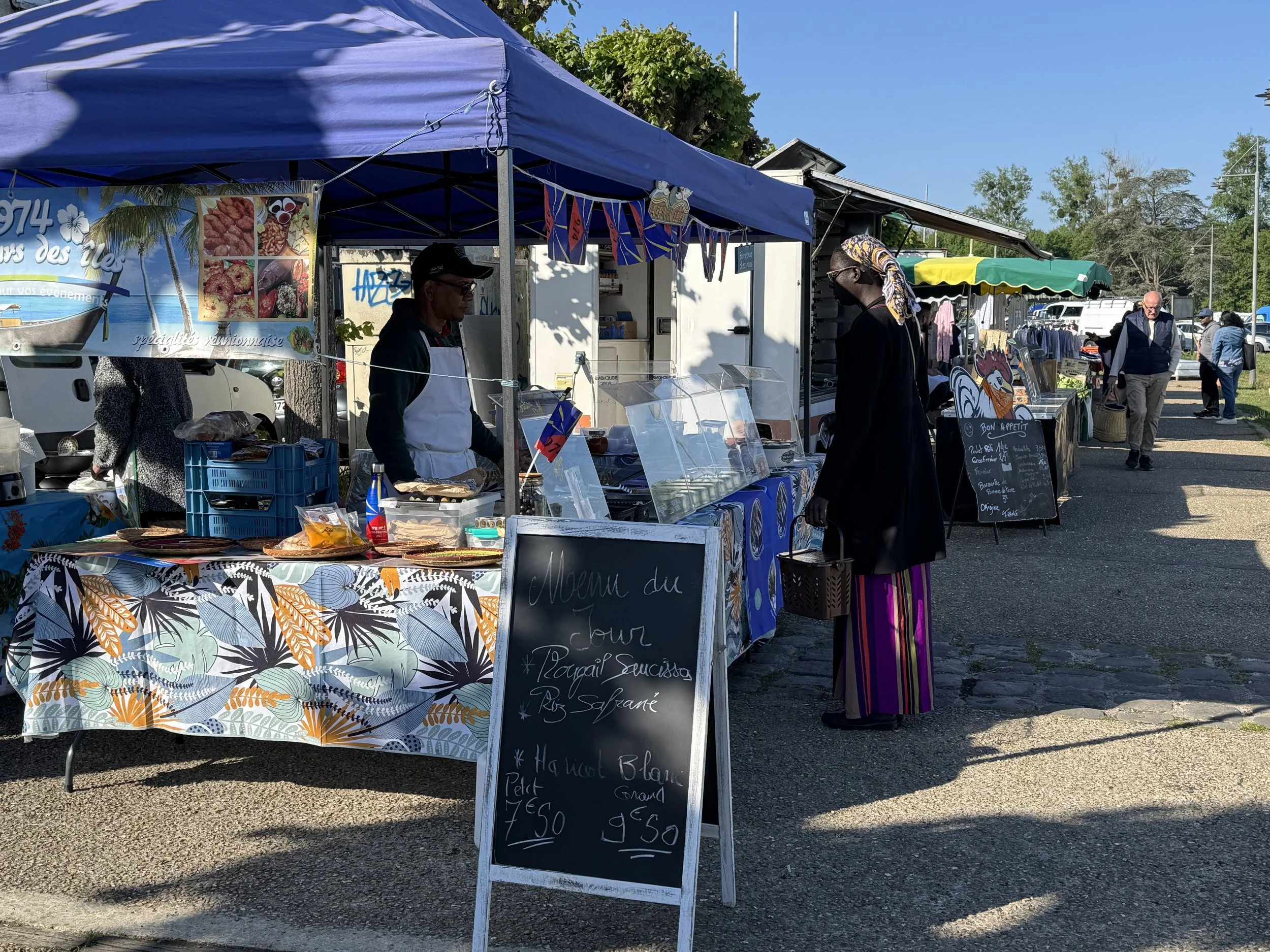
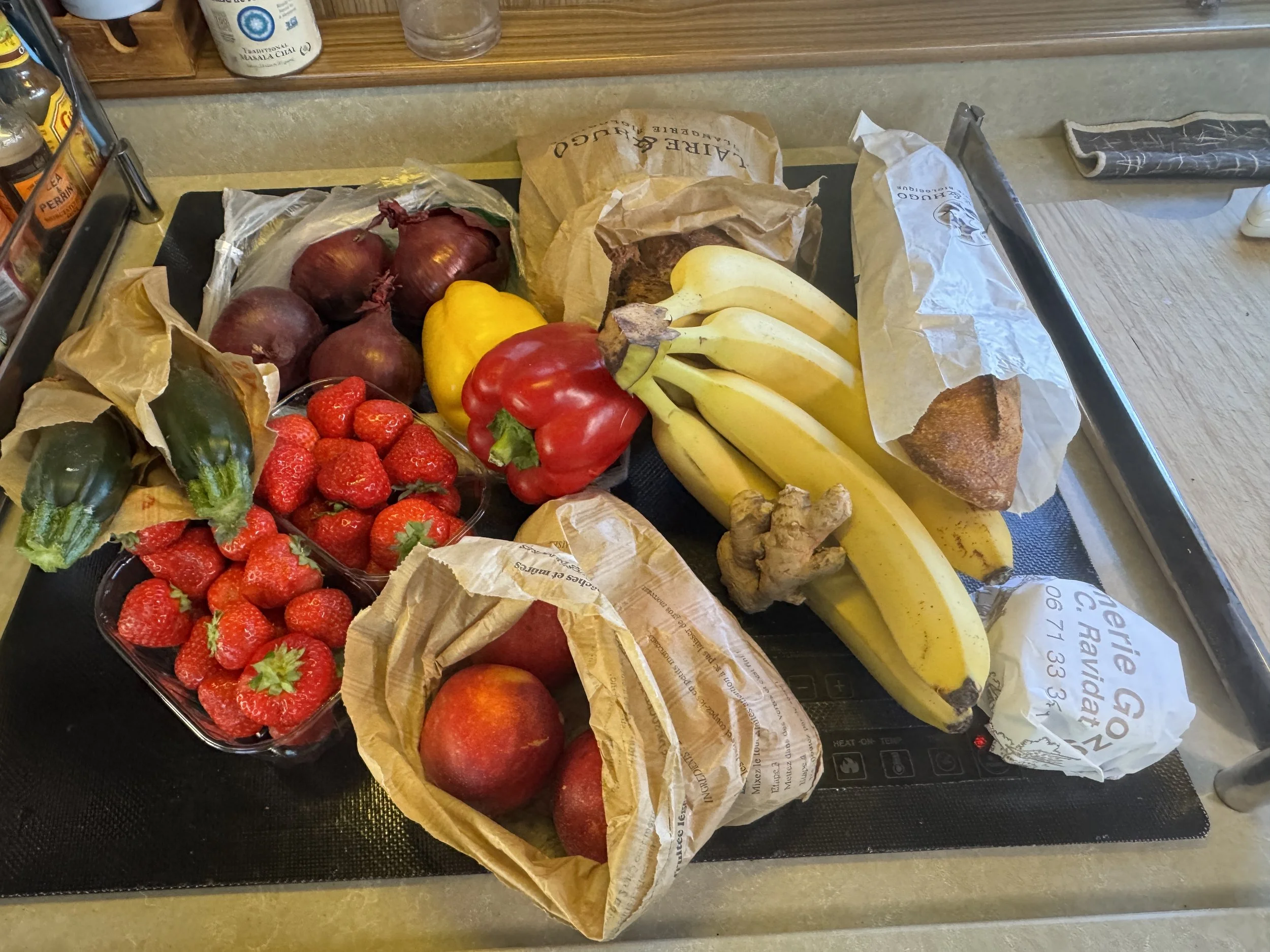
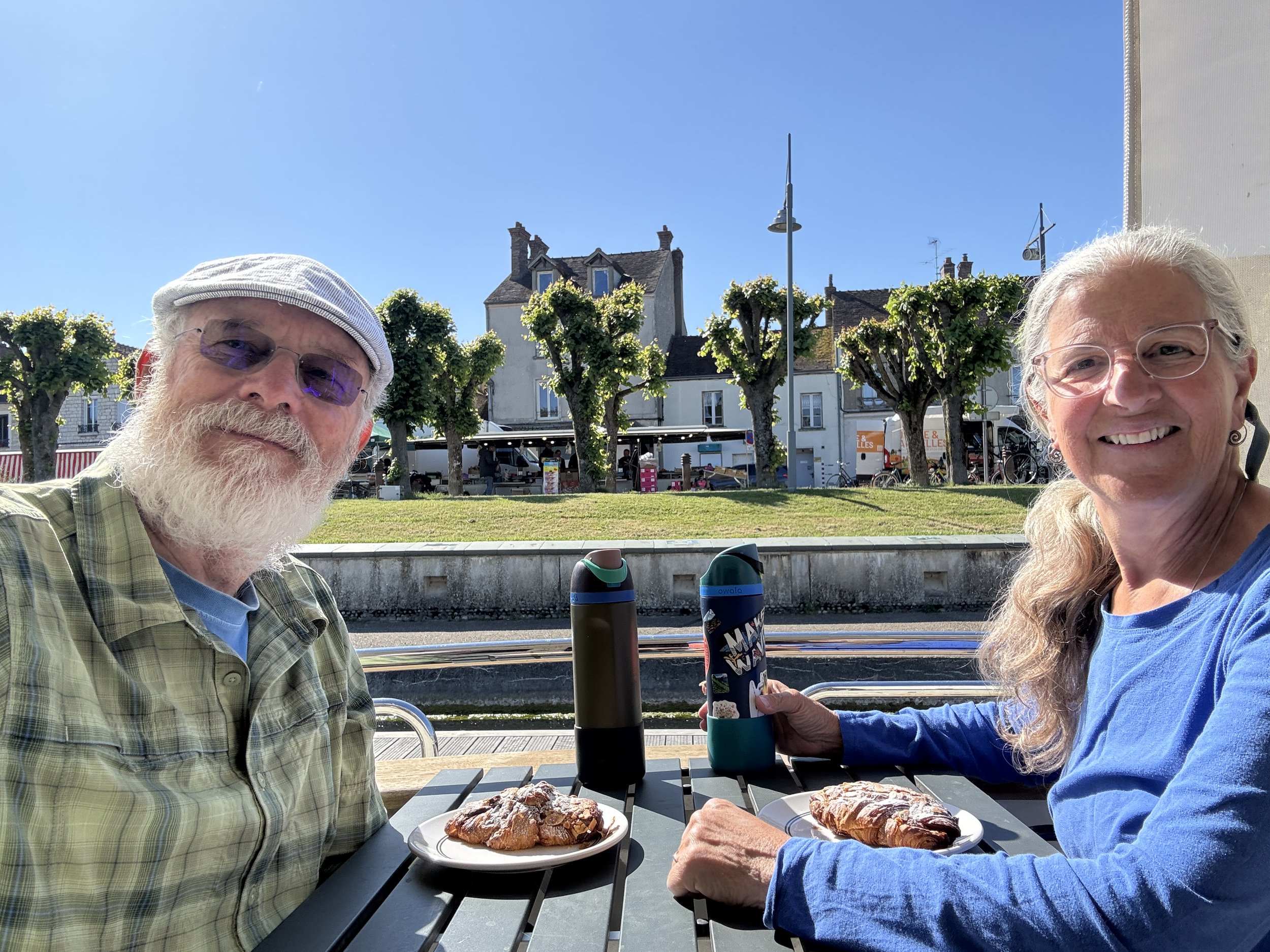
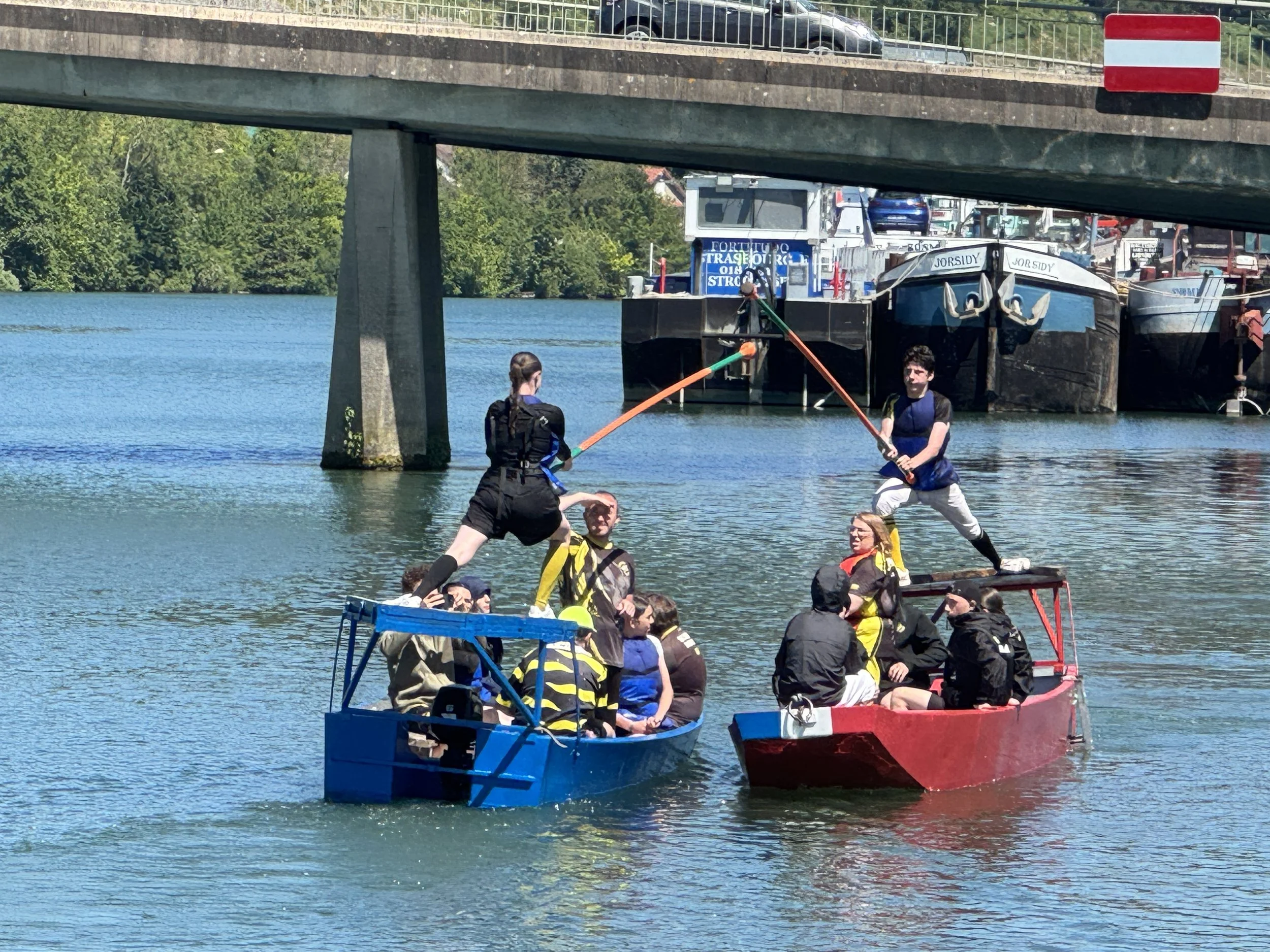
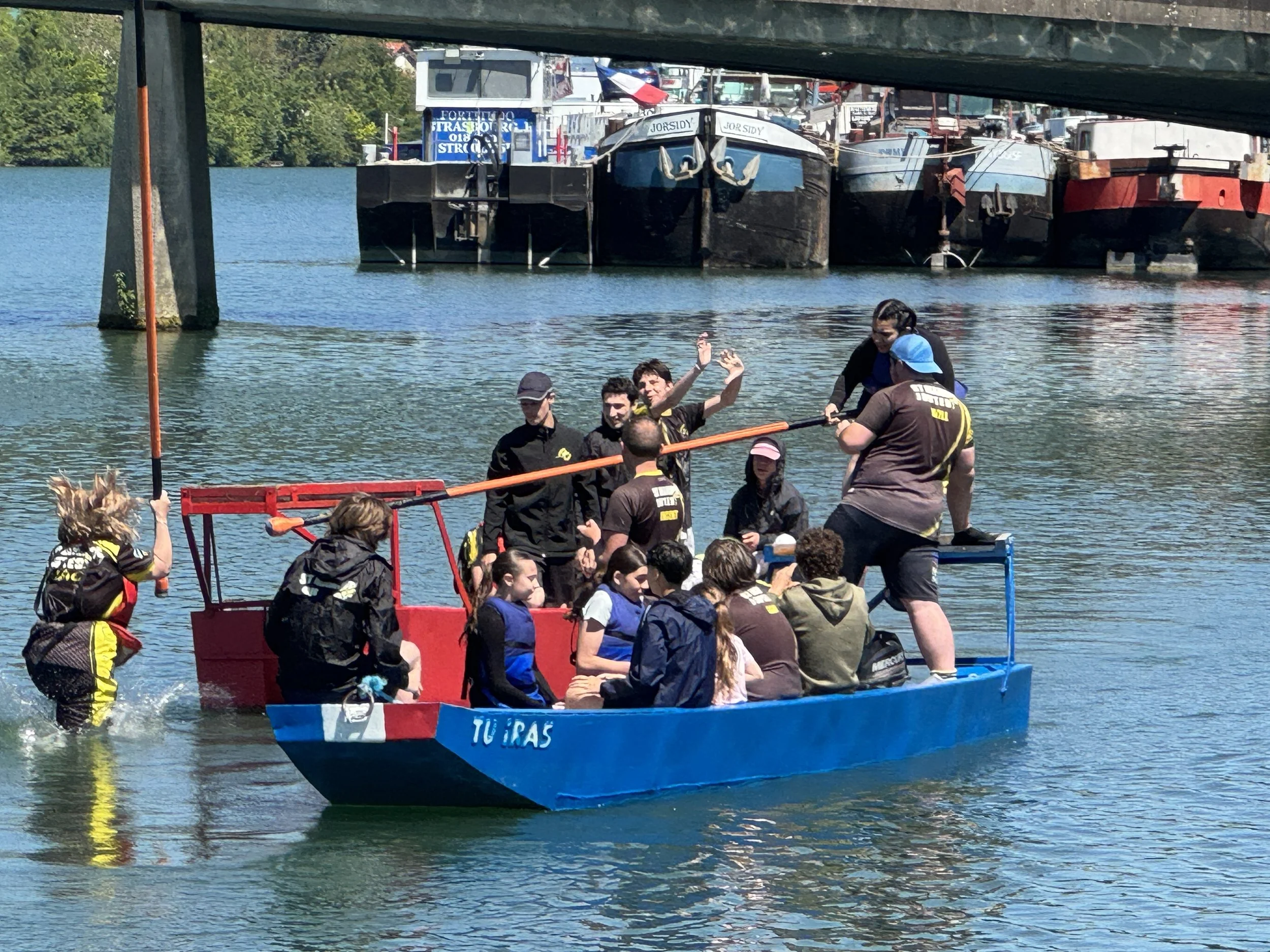


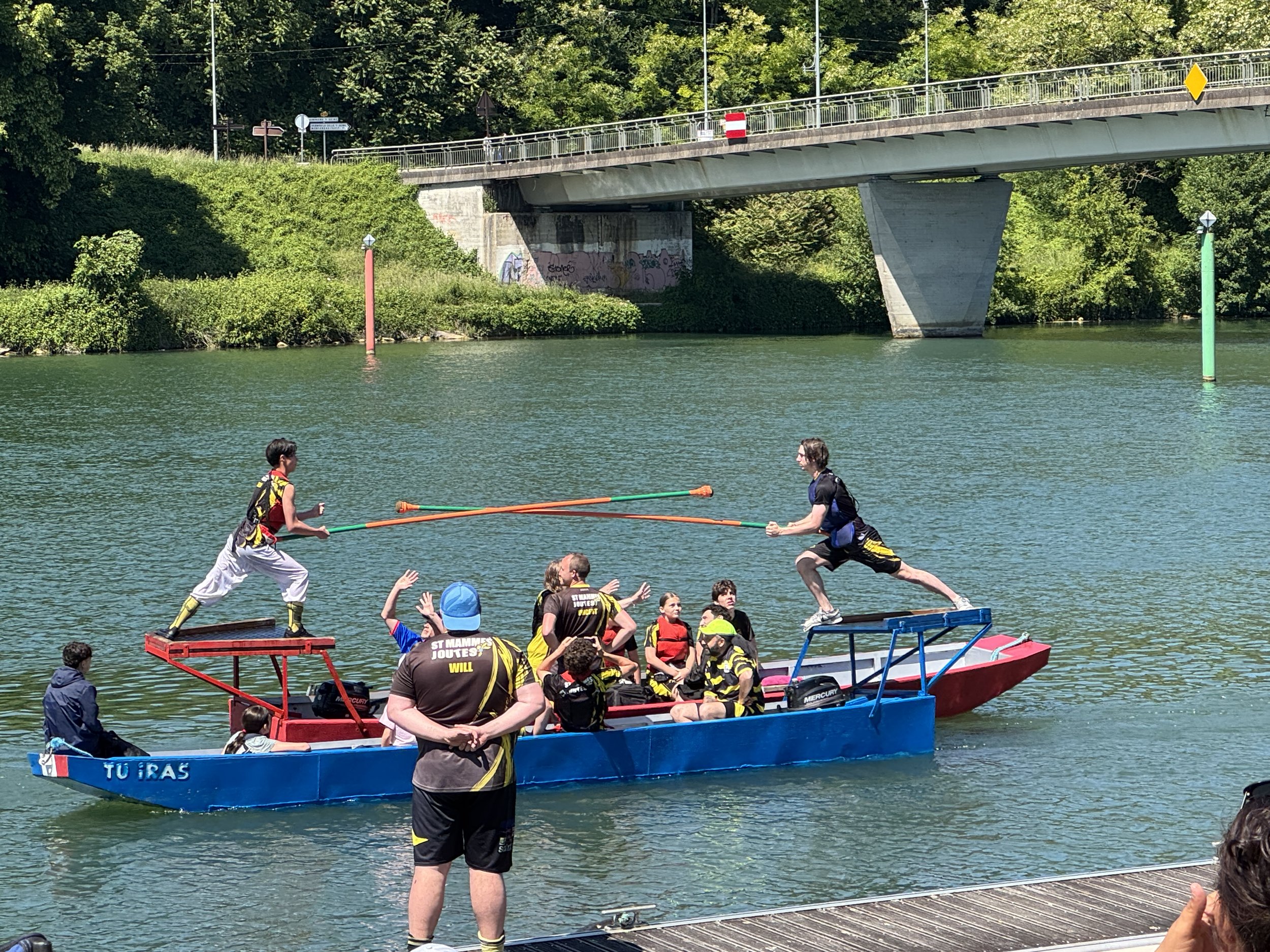

Thankfully there’s a bike track on the footbridge!
The Tourist Office was closed the day we expected our package to arrive but on a whim I called in the morning and left a message. To our utter surprise we received a call back just before lunch explaining it had been delivered and we could pick it up by knocking on the back door. We immediately hopped on our bikes, zipped up and over the footbridge and into Moret-sur-Loing. We were there and back again within the hour, slipped our lines and set off.
The Upper Seine is a broad, gentle waterway and with its current in our favor we found ourselves moving at actual cruising speed - we’d not moved this fast for months! I was delighted to find some sections along here are still quite bucolic. We passed beautiful small villages, women painting along the banks, flowering trees and plenty of birdlife. I knew as we grew closer to Paris all this would change, but was relieved to be afforded time to ease into the busy, crowded scene which was to come.
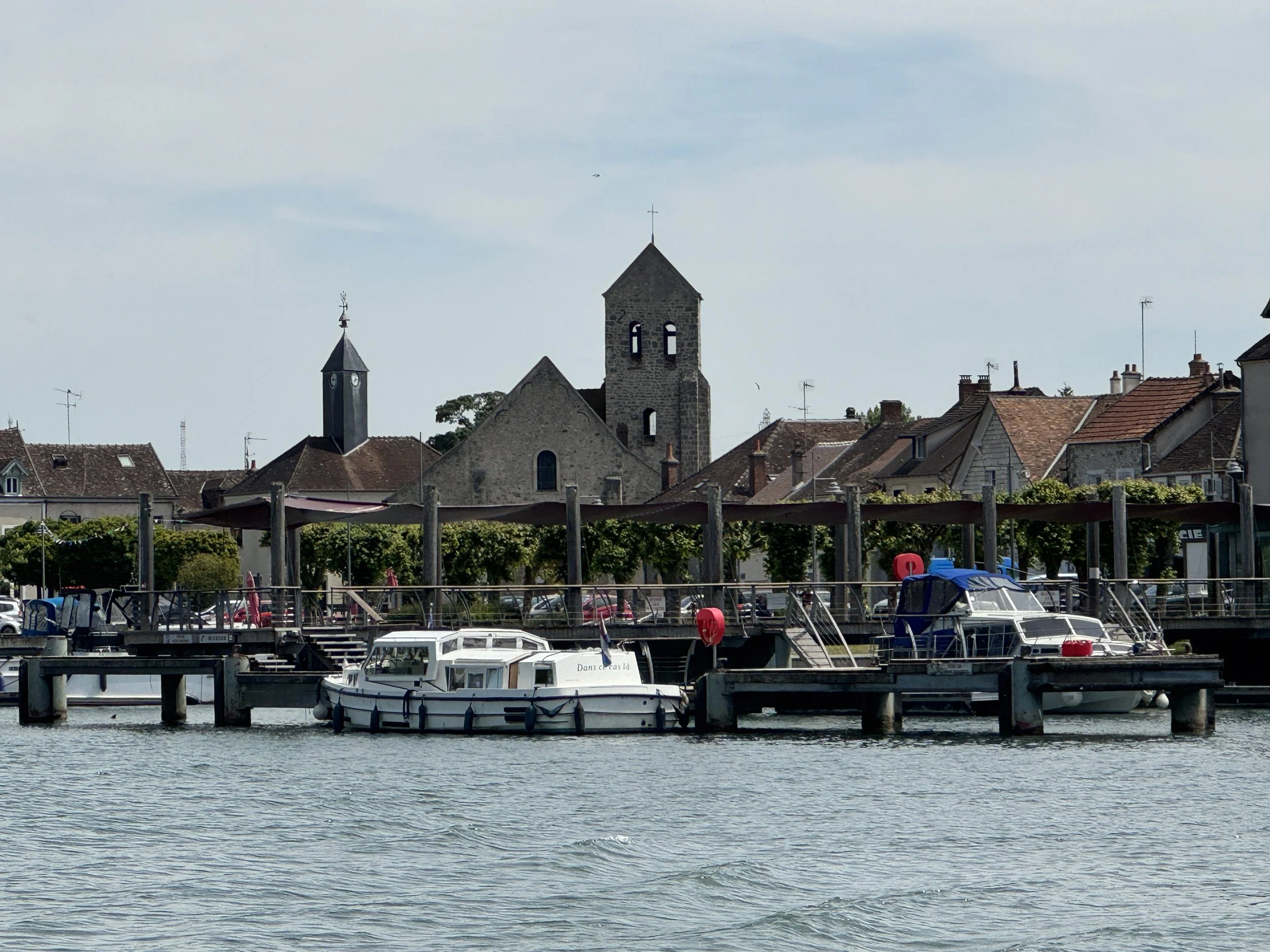







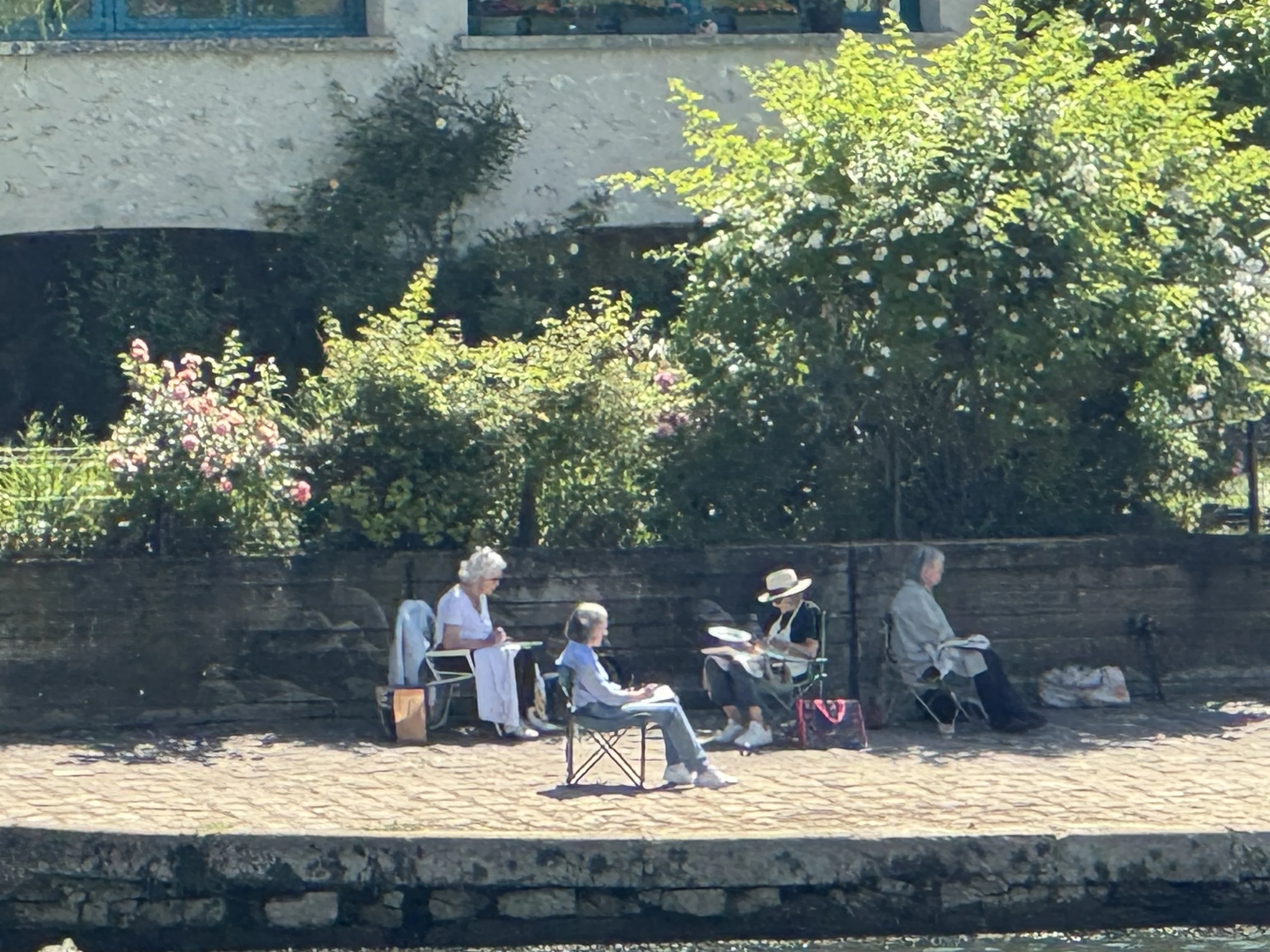


Our first Seine lock went smoothly. It was a double lock - two chambers, one large and one smaller, both of which can be operated simultaneously when there is a lot of traffic. It is recommended that you call the eclusiers on the Seine and announce your arrival, though it is not required. We called on the radio and were instructed to enter the large chamber and wait for another boat. Fifteen minutes later a small barge loaded with gravel entered along with another small work boat. The gravel barge didn’t even bother to tie up, it simply floated near the wall as the water level dropped. We knew we would be locking again with this barge so we planned to stay well out of the way,




Along the banks of the Upper Seine there are an interesting blend of homes; palatial, old, stone estates with large spreads, new multi-storied mansions, contemporary wood and glass houses and tiny shanties.



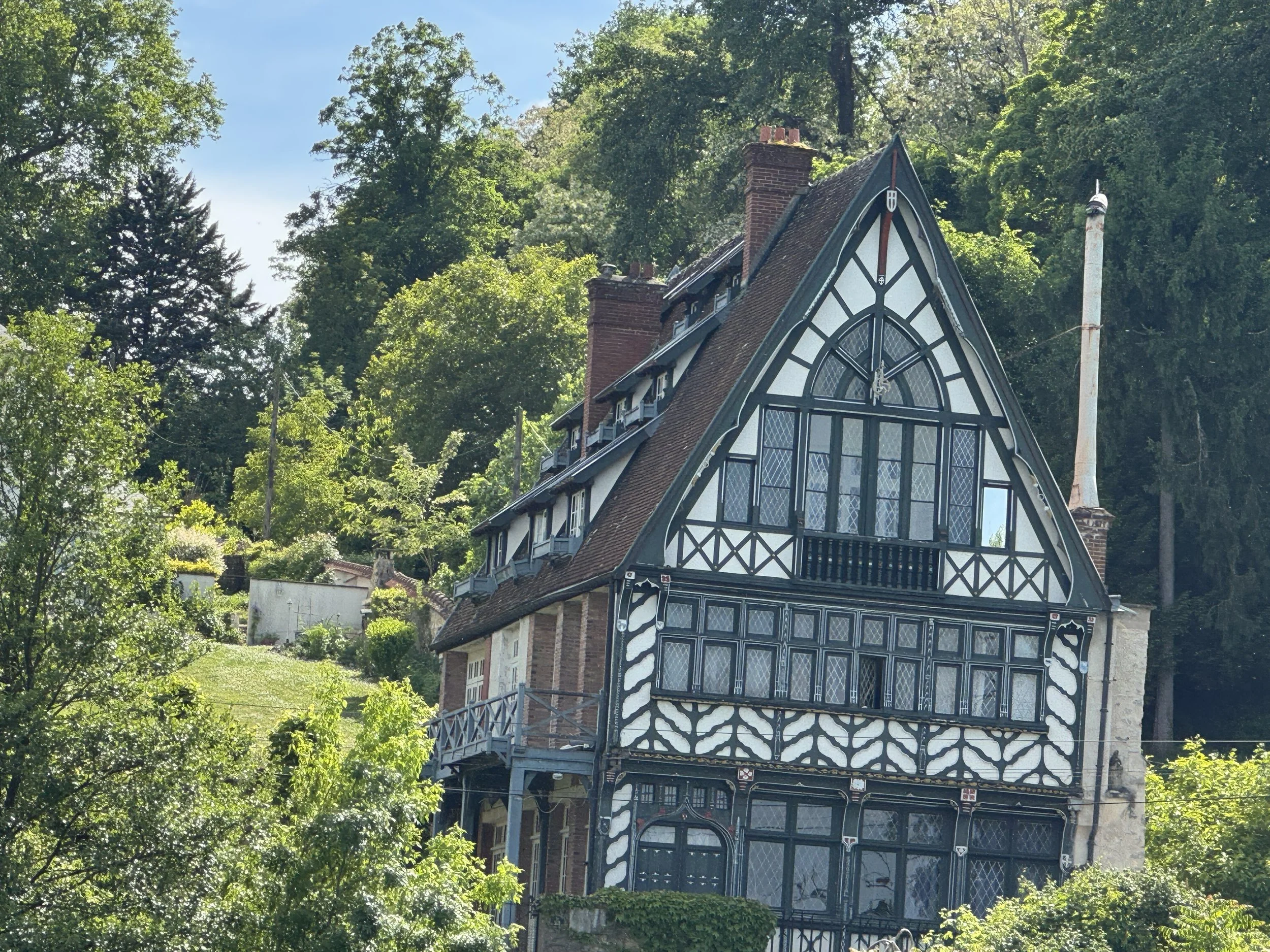


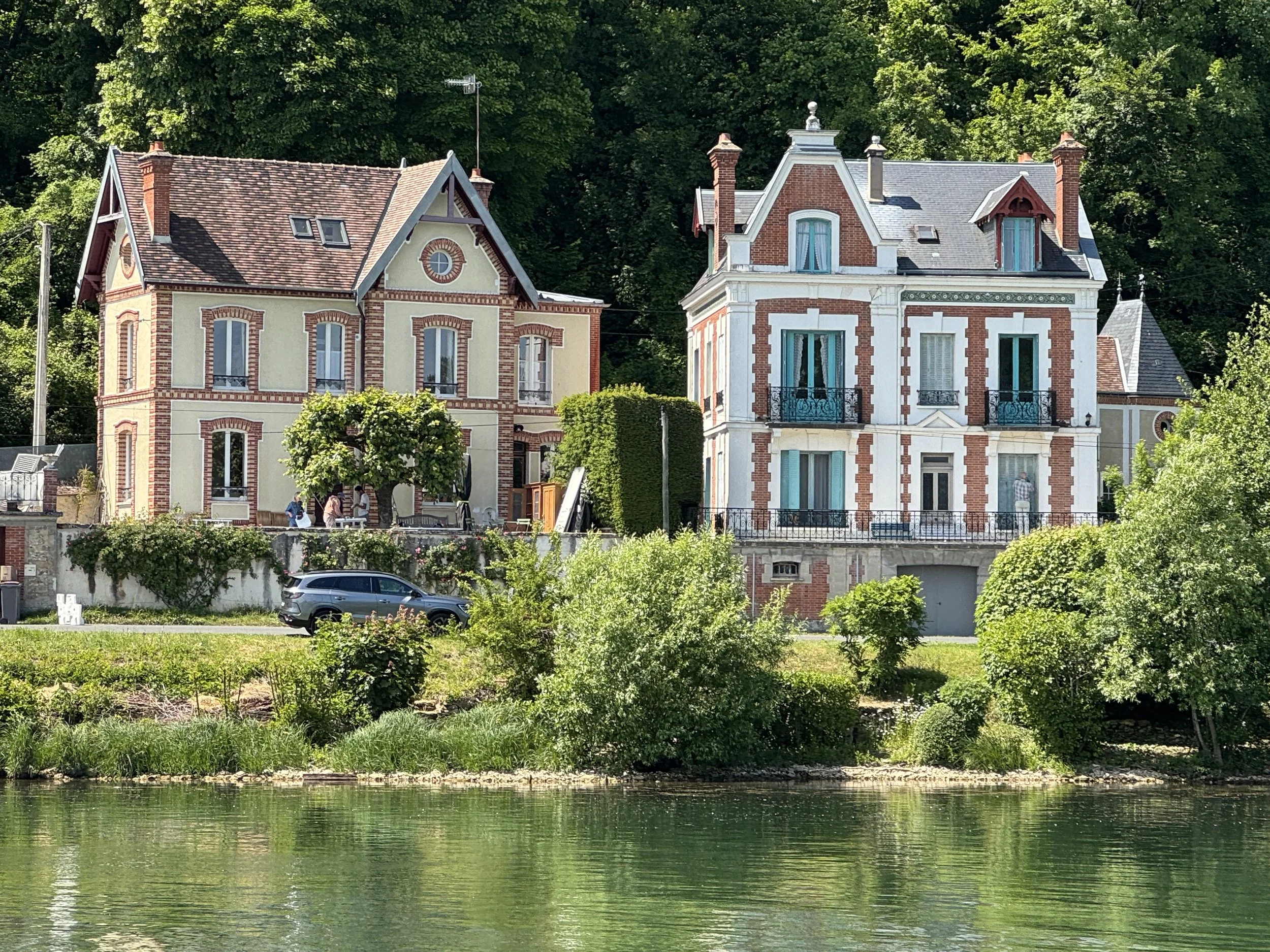
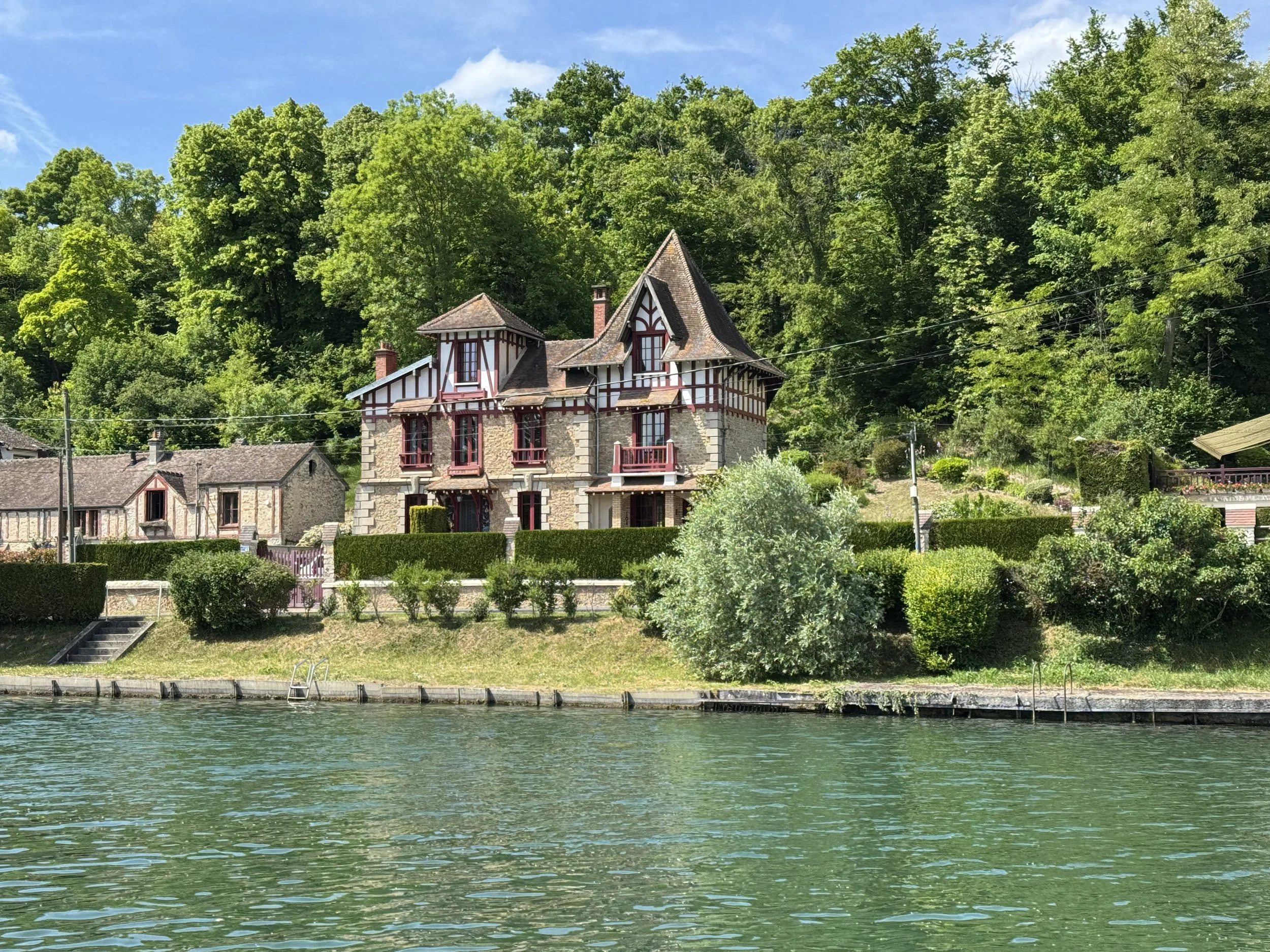


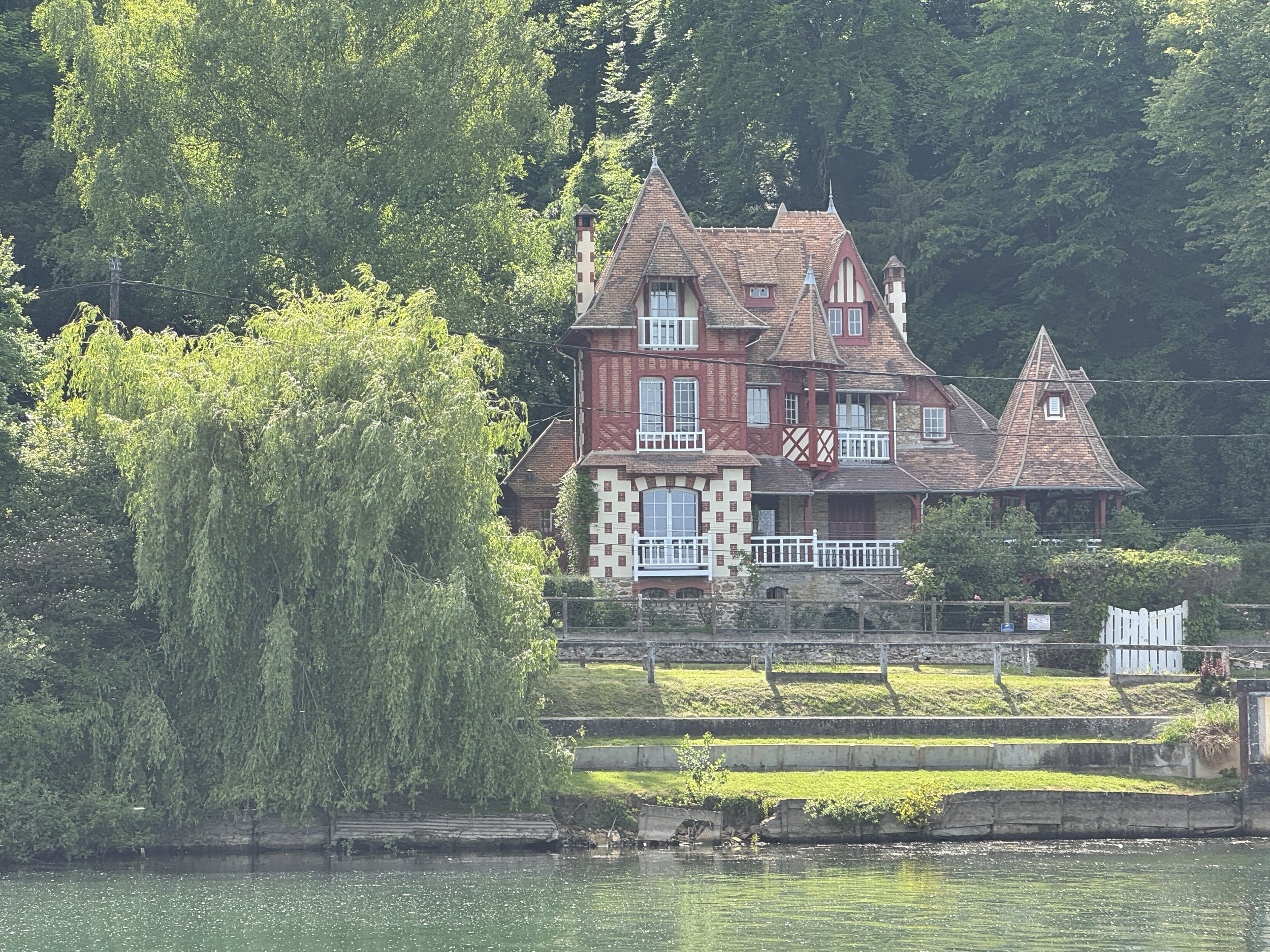







There are very few stopover spots along this river and, unfortunately, the ports that do exist have no online reservation system, do not answer emails nor have WhatsApp. Our first night on the river we tied up along the wall, beneath a bridge surrounded by high-rises, in the city of Melun - population 45,000. It was not the most picturesque spot and the wakes of passing barges made it a bit rocky, but as the sky darkened we were serenaded by some musicians playing beneath the bridge and we slept soundly.

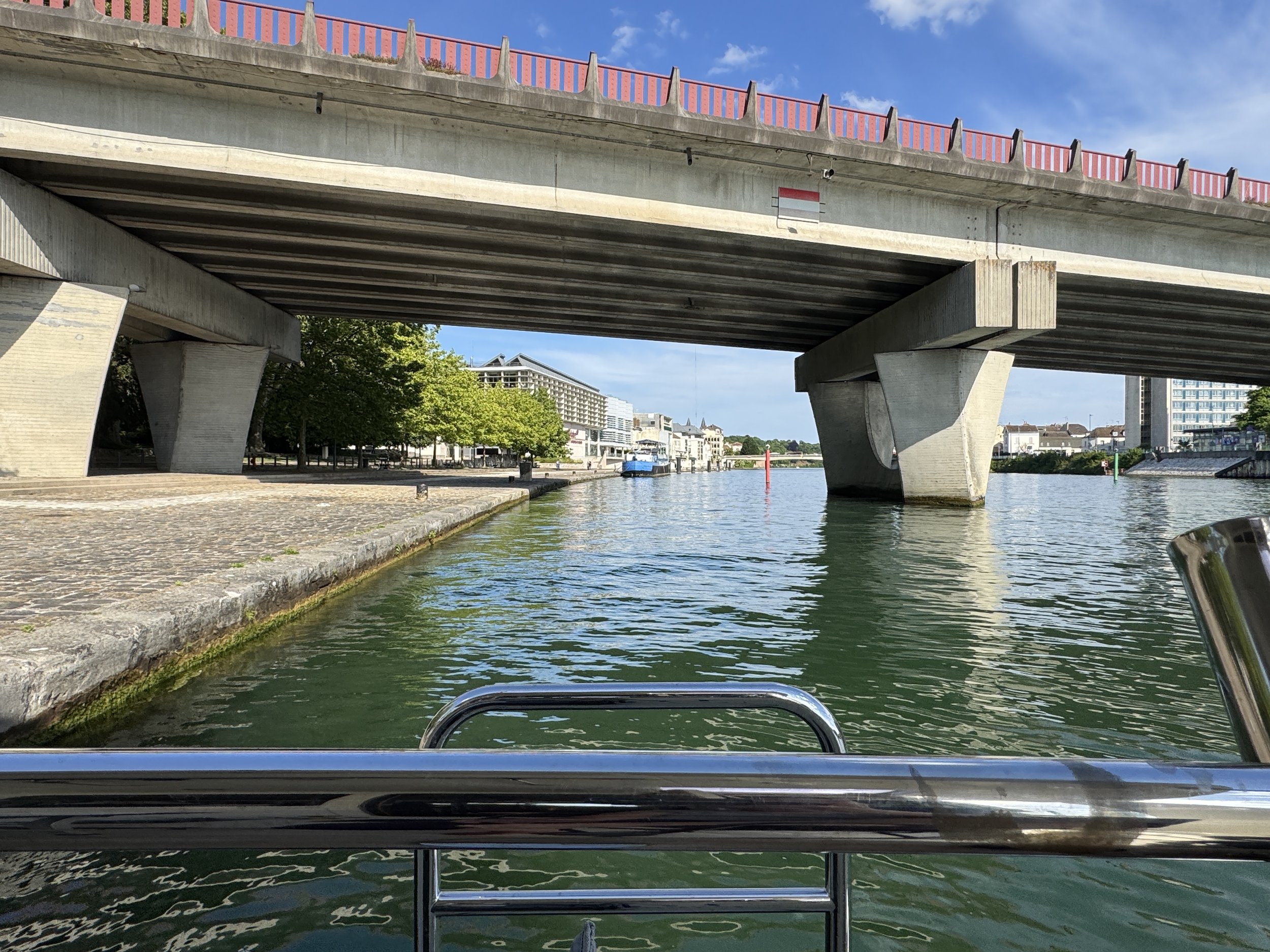
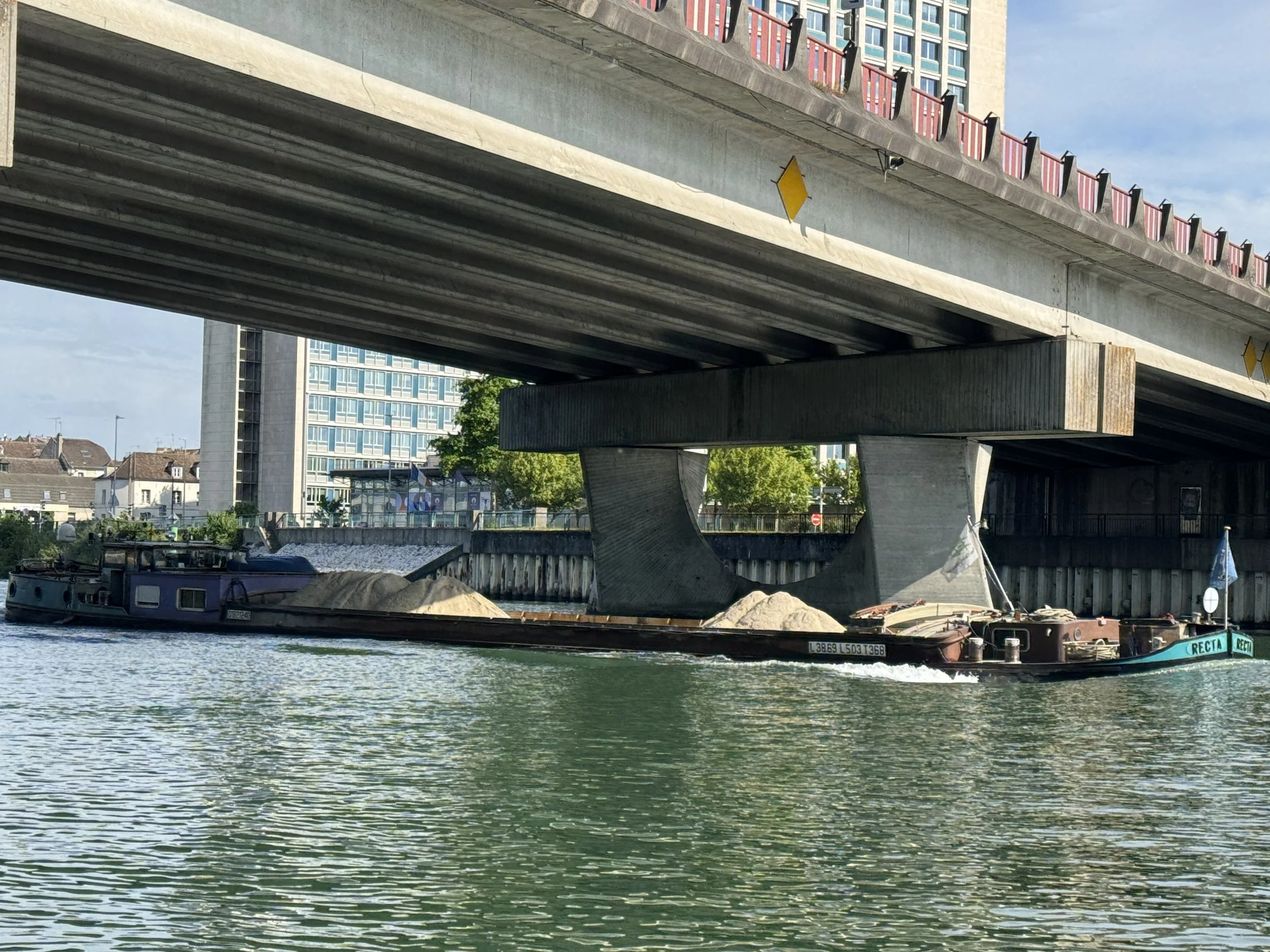


A few days prior I had called what we’d hoped would be our next port. If I understood correctly they’d said they could not help me unless I called the day before we would arrive. It is dozens of kilometers further downstream before you reach another pleasure boat port, just what do people do if there’s no space available? (And for any of you francophones out there, please explain to me why La Seine, a feminine word, sounds so similar to le sein which means “breast” and, frustratingly, is masculine. Don’t ask me how I know this.)
We had arranged to meet some friends from Alaska in Paris and I was uneasy about not having a secured berth. I called again the next day and thankfully managed to reserve a spot for a few nights. Relieved, we set off super early the next morning thinking it would take about 7 hours to get there.
The day passed quickly - we were locking down alone - no need to wait for any other boats. Then, just when we were beginning to feel comfortable in the large river locks, we experienced one of the dreaded ones we’d read about with horizontal crossmembers that wreak havoc with your fenders. We were ill prepared and it was super nerve-wracking scrambling around, trying to protect Meraki on all sides while the chamber emptied. I breathed a sigh of relief once we’d exited and we decided at the next one like this we would instead use the engines and thruster to try to hold our position as far off the wall as comfortably possible. Hopefully this will work even if we have to share the chamber with other boats.


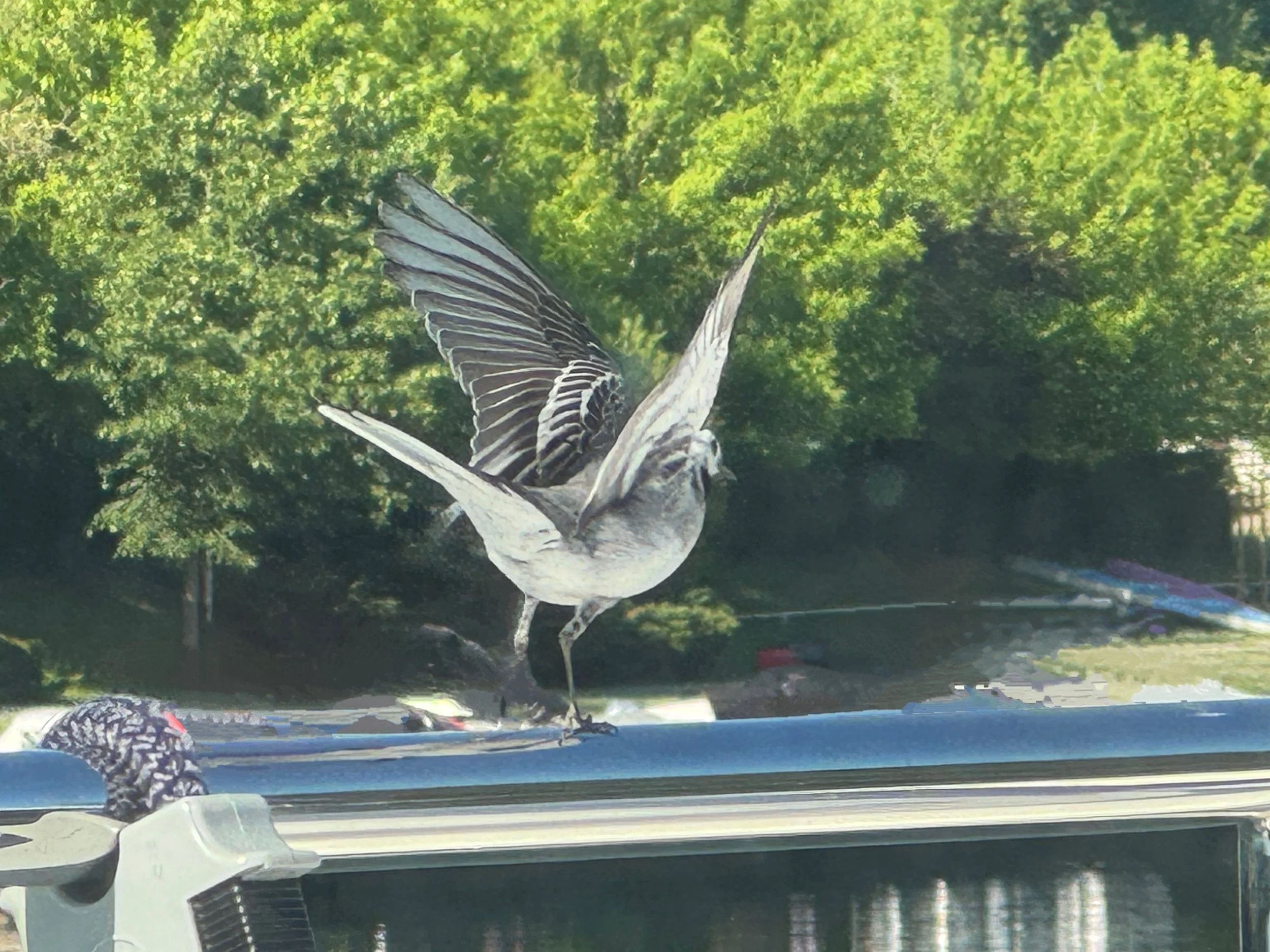










We arrived at the port just south of Paris hours ahead of schedule. It was a tight squeeze to get in to this tiny hidey-hole of a marina but we found our slip and were greeted by our Belgian friends aboard Chandolin who were moored on the same dock just a few boats down. Time to rest and regroup and prepare for more guests. I can’t wait!


